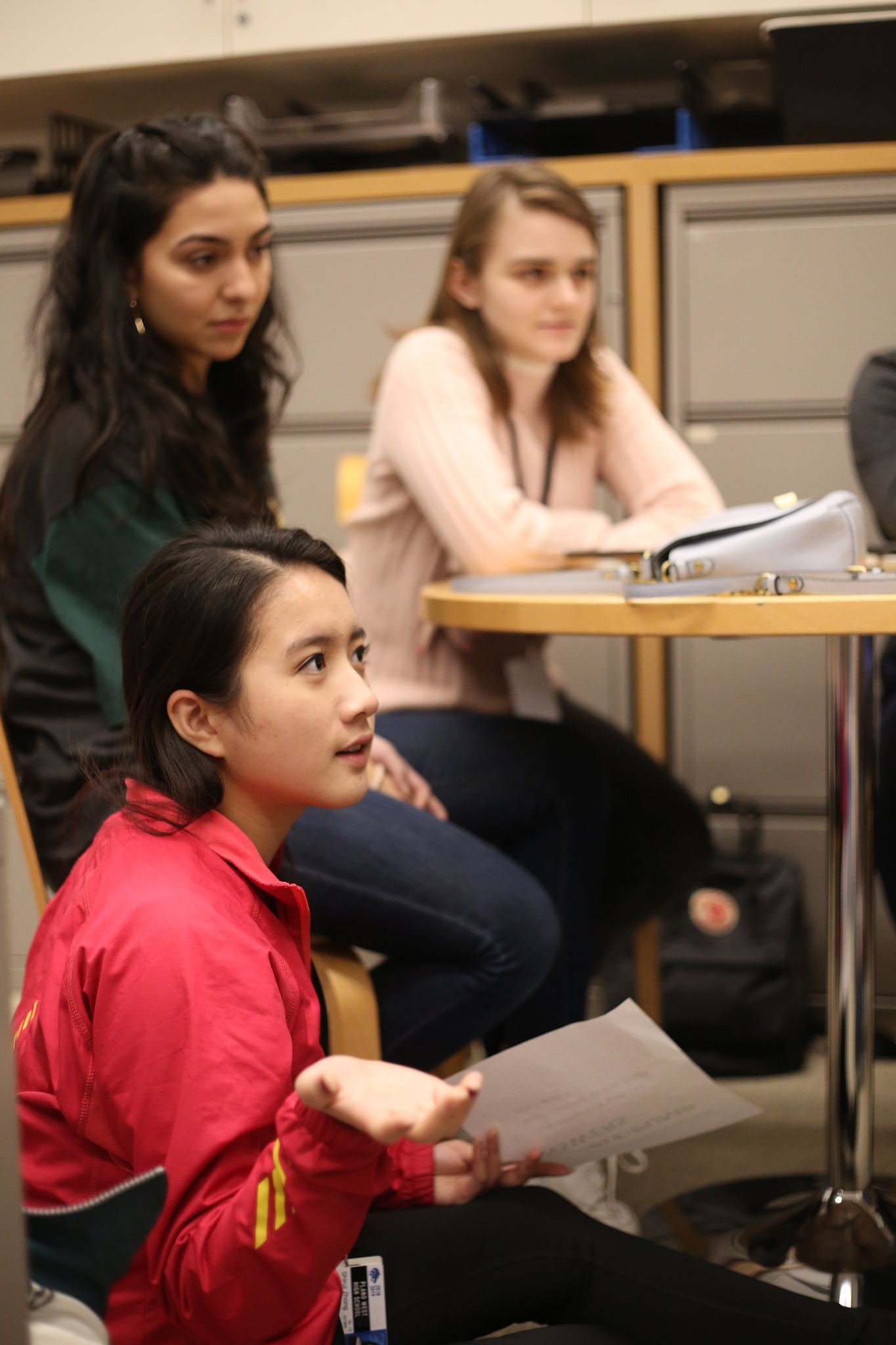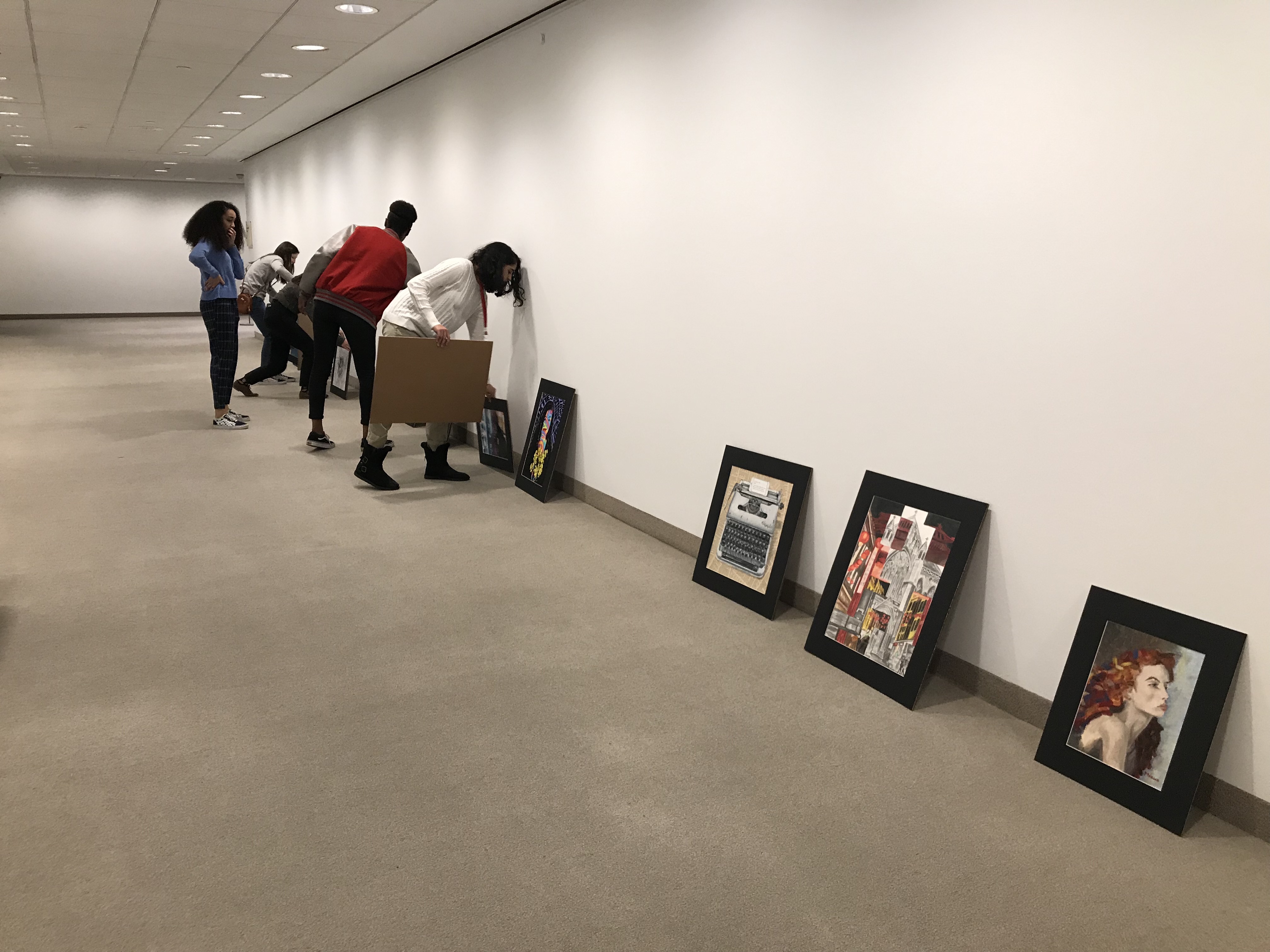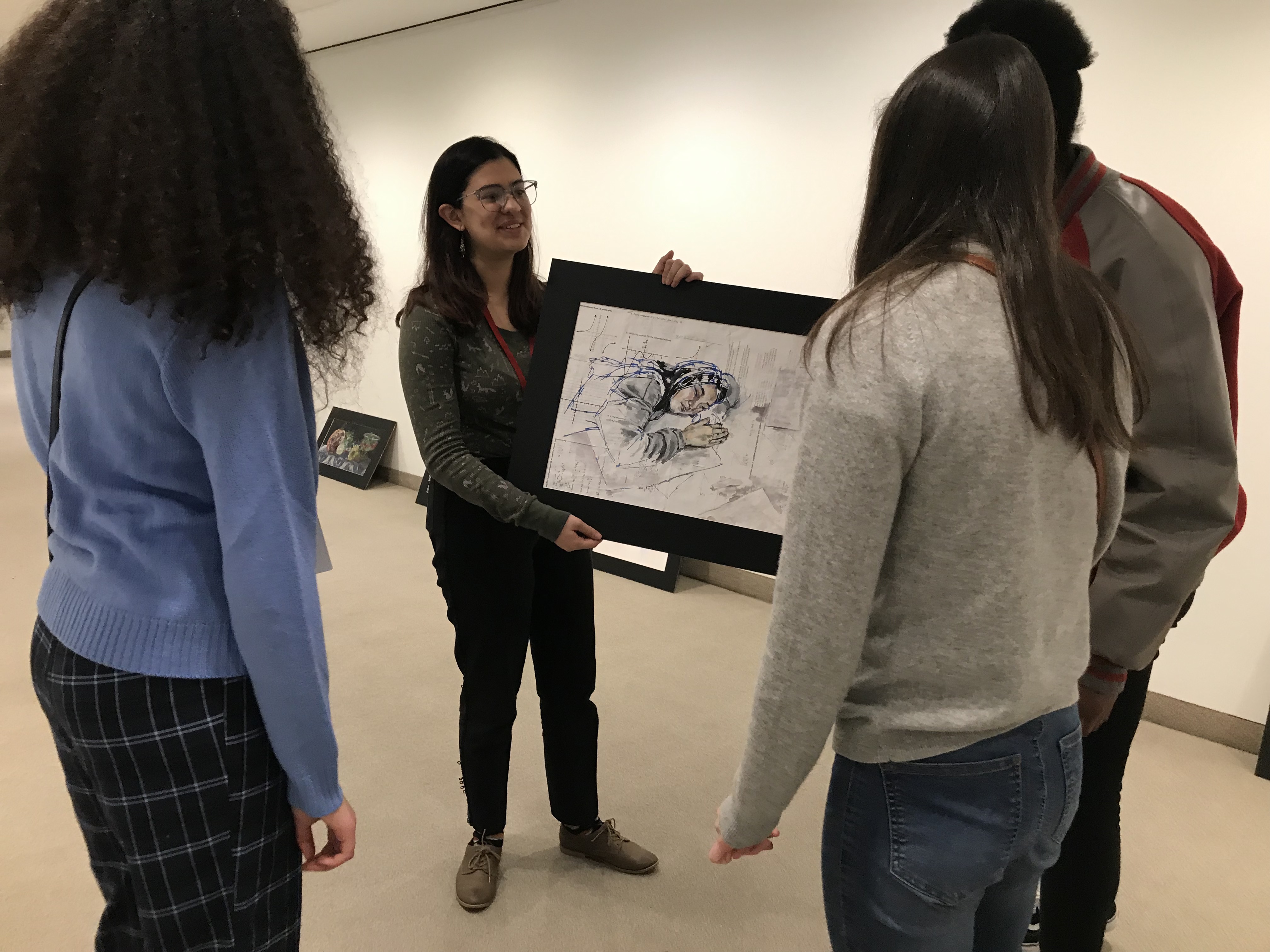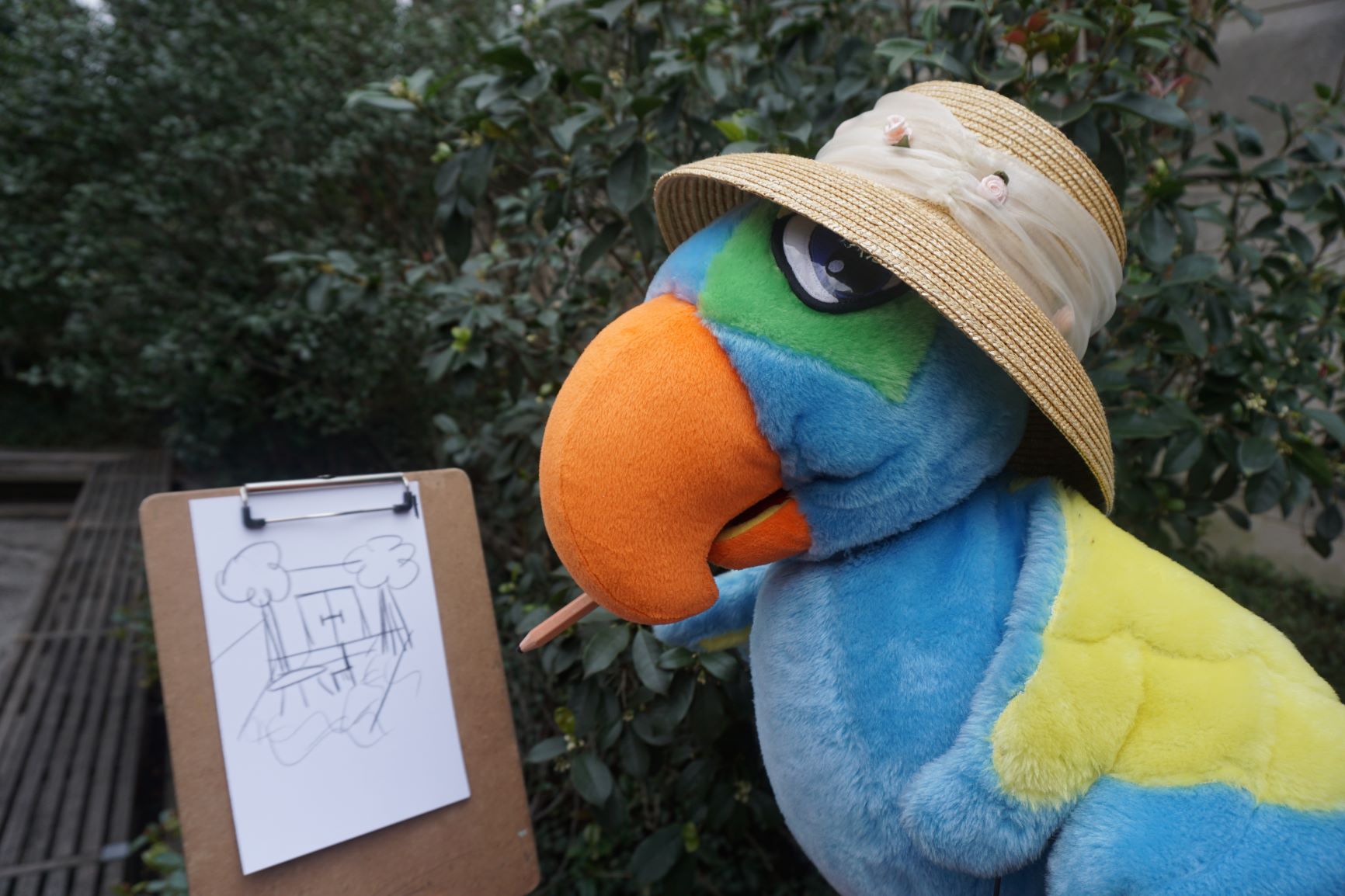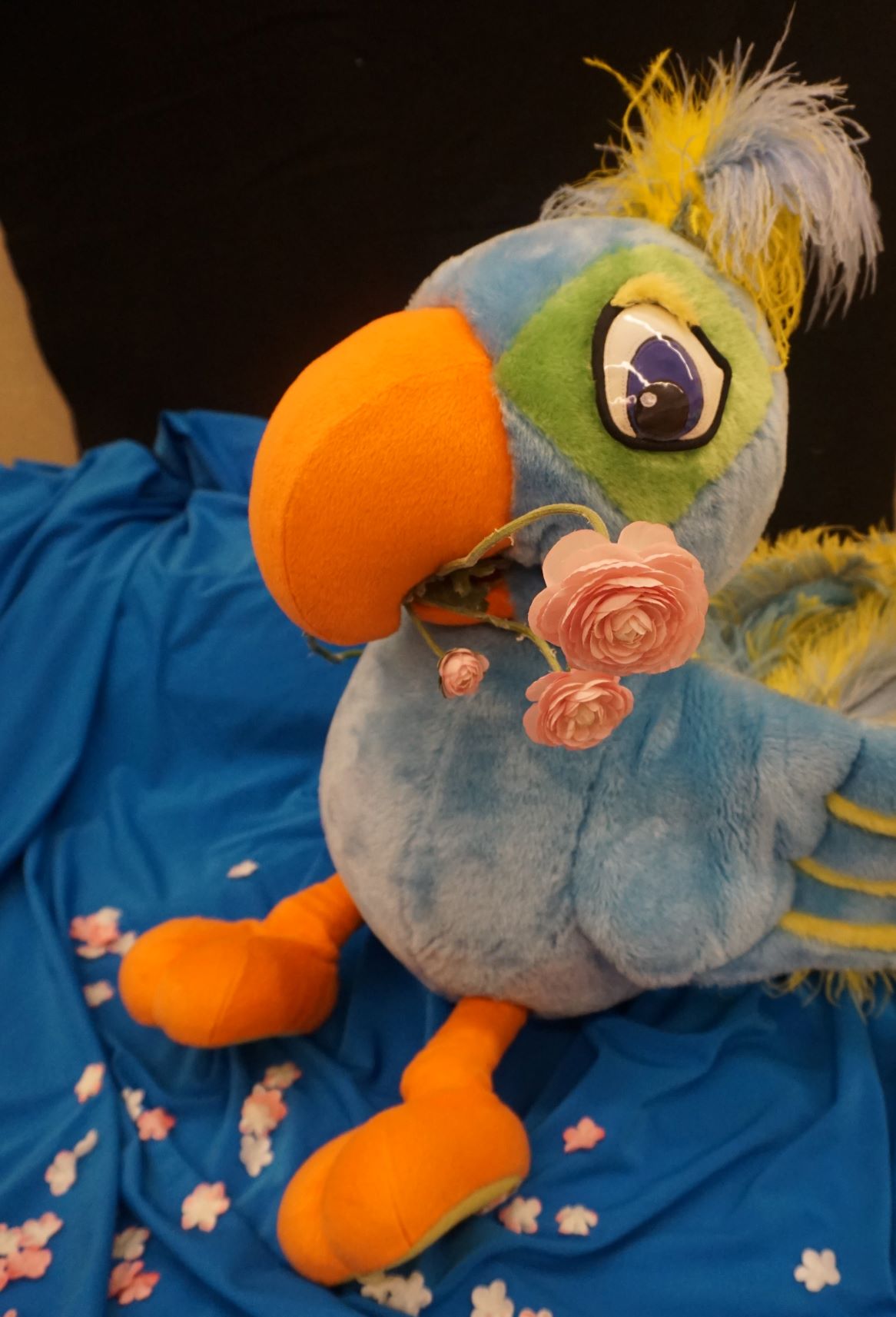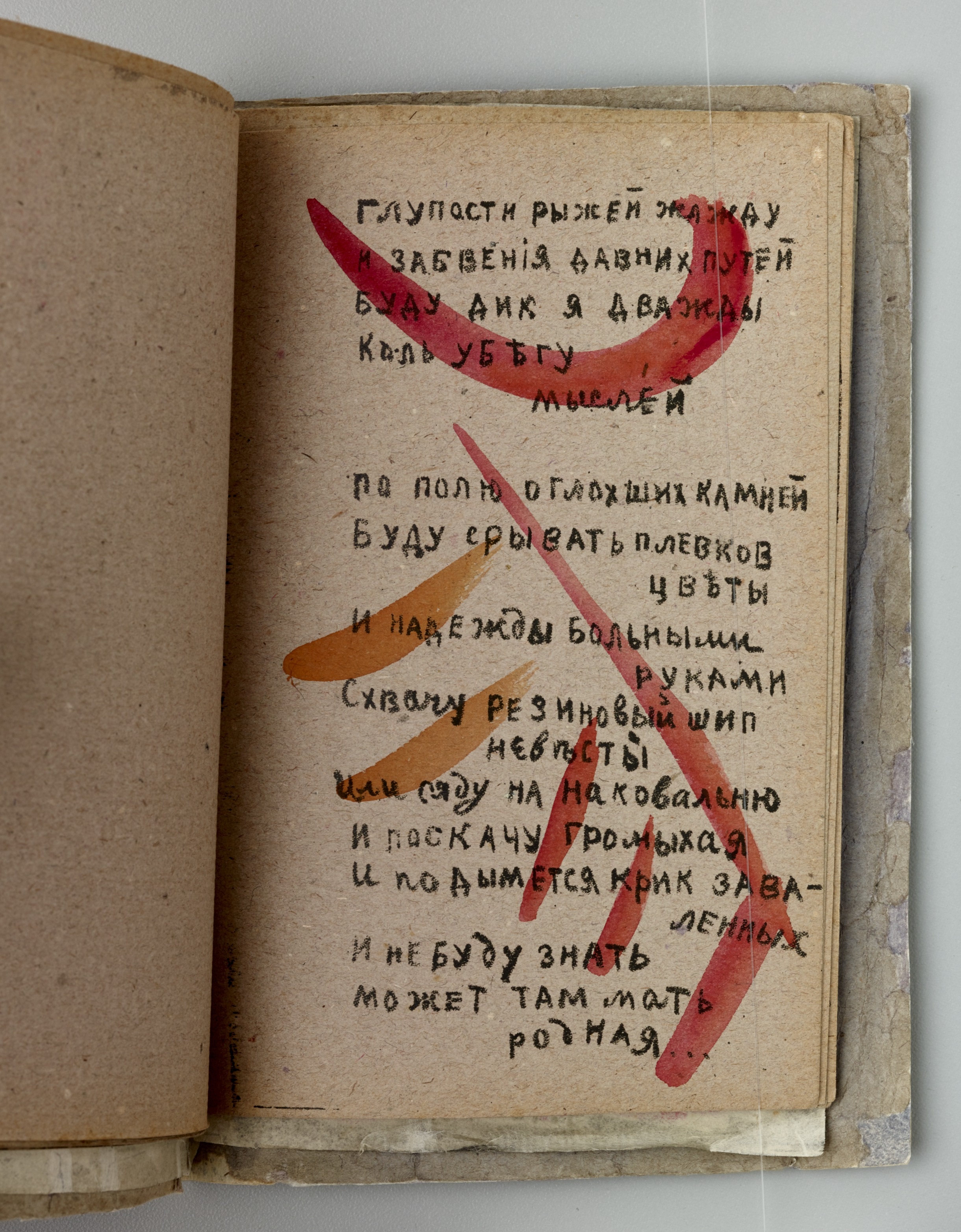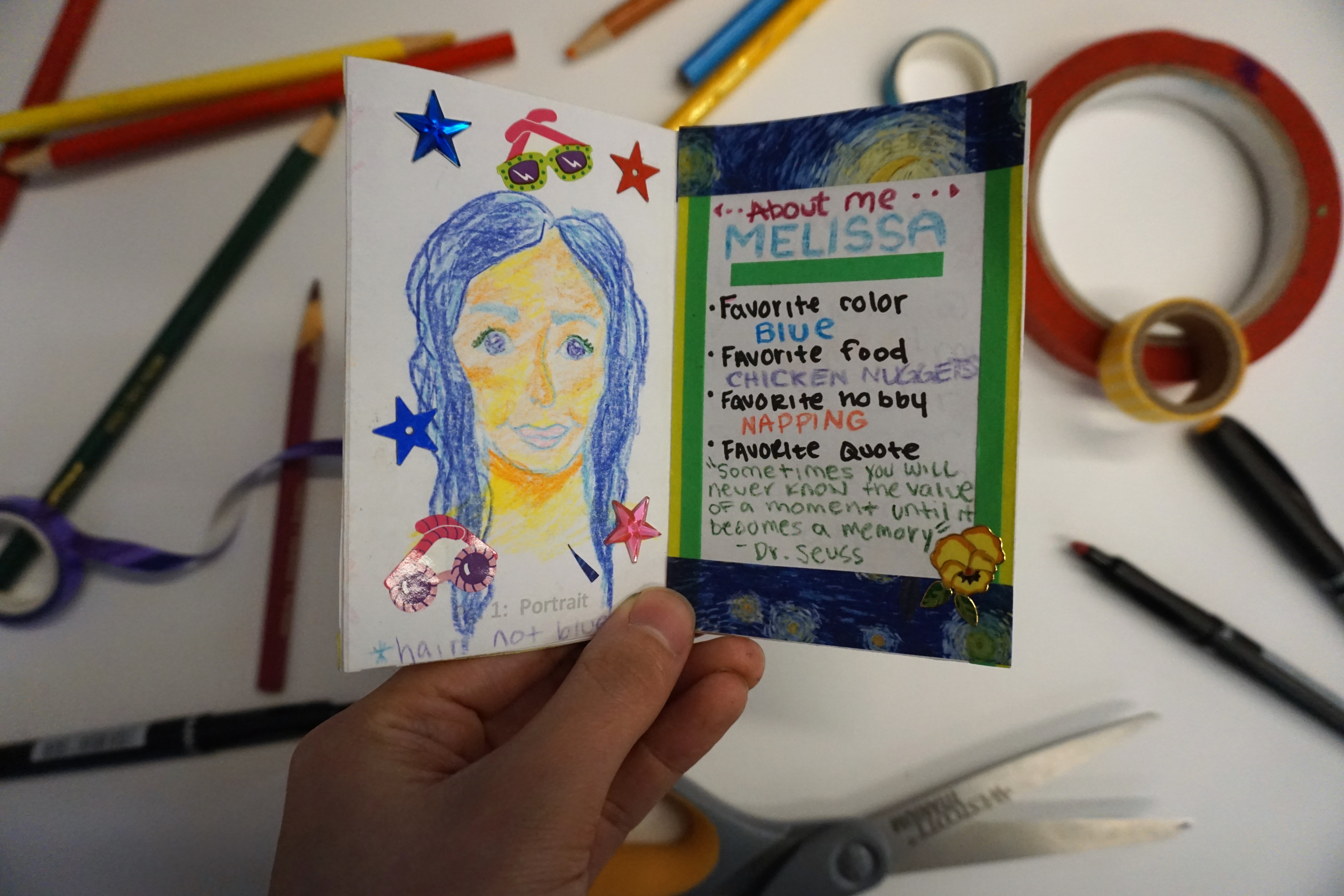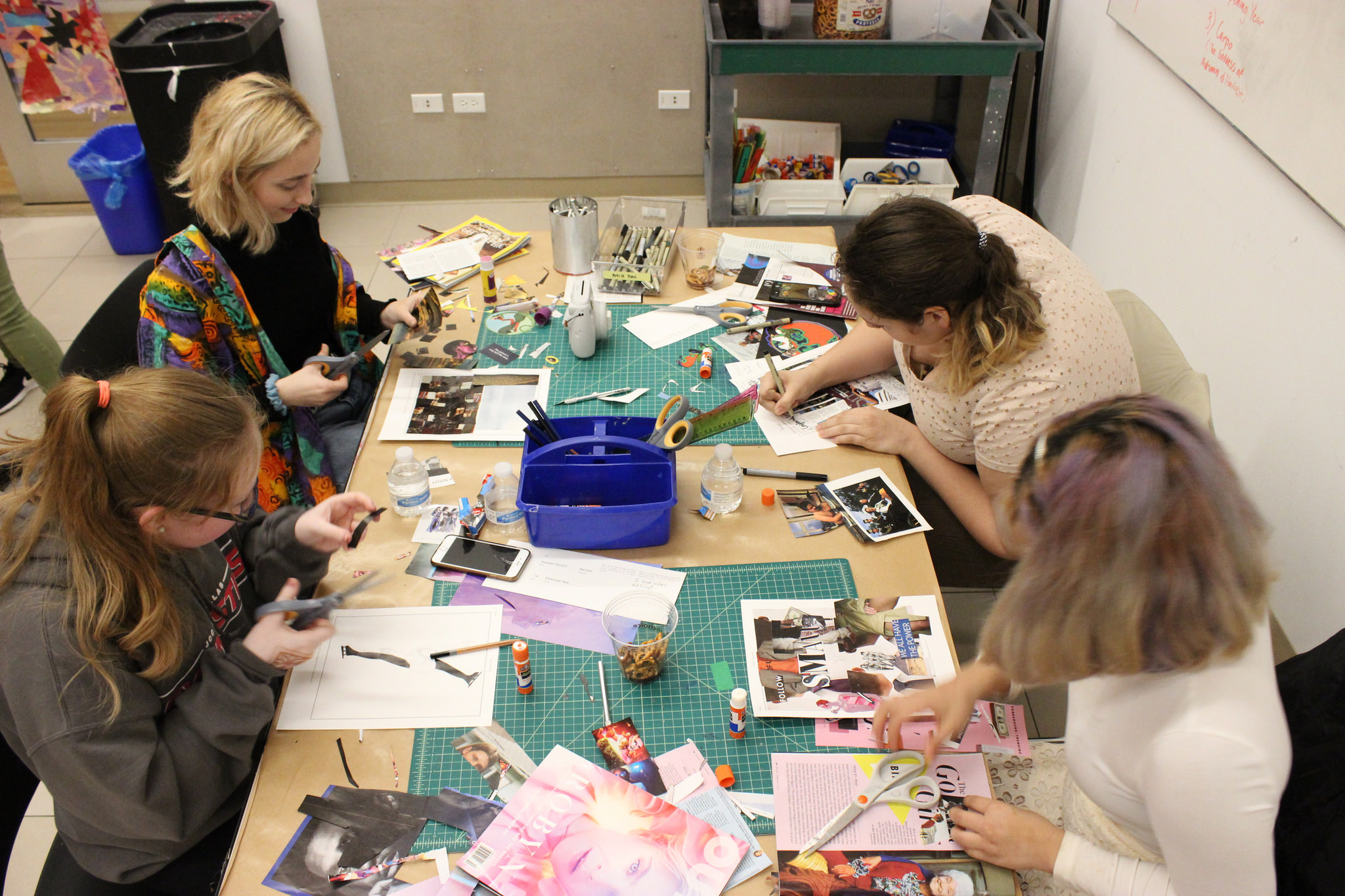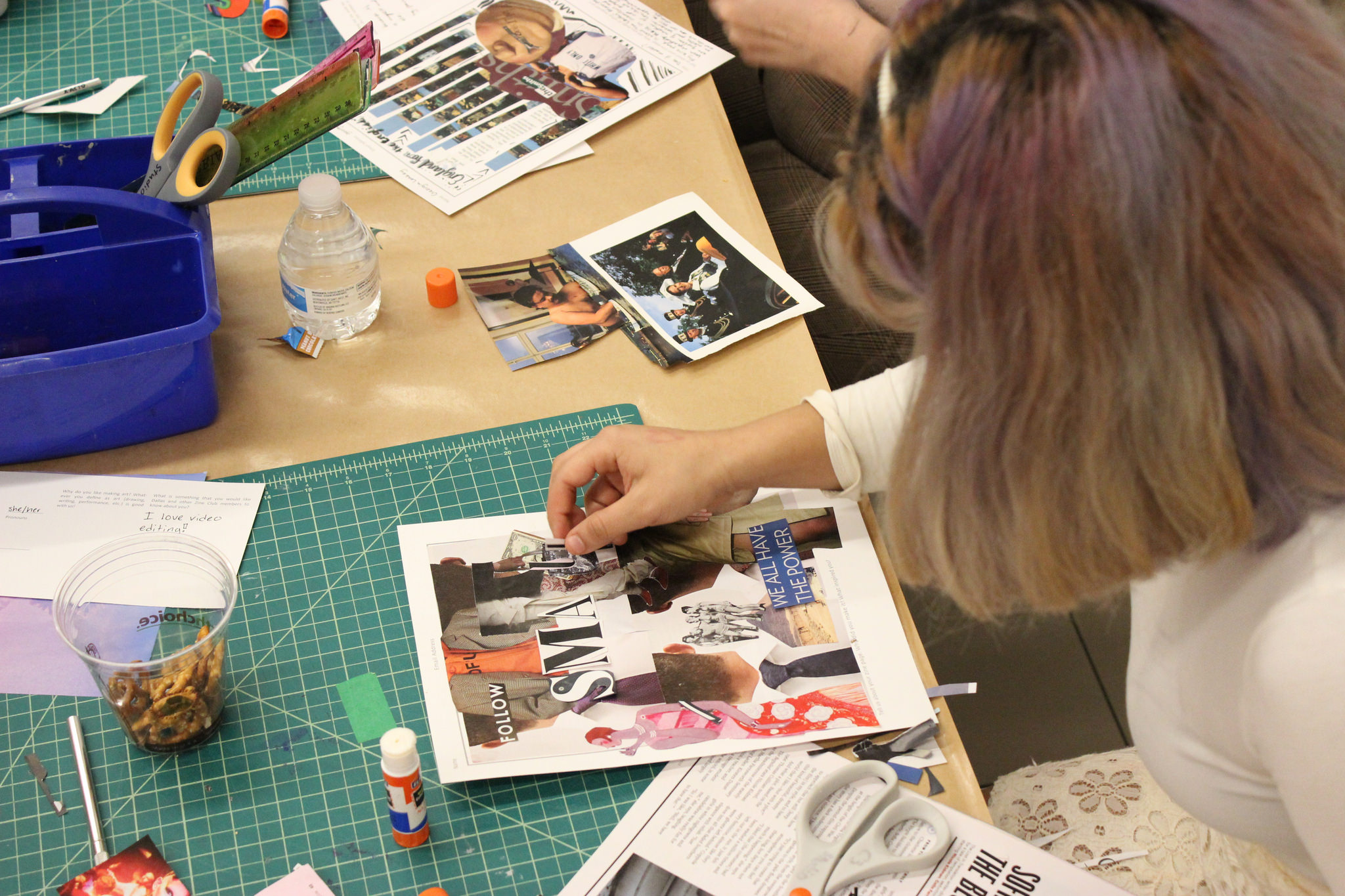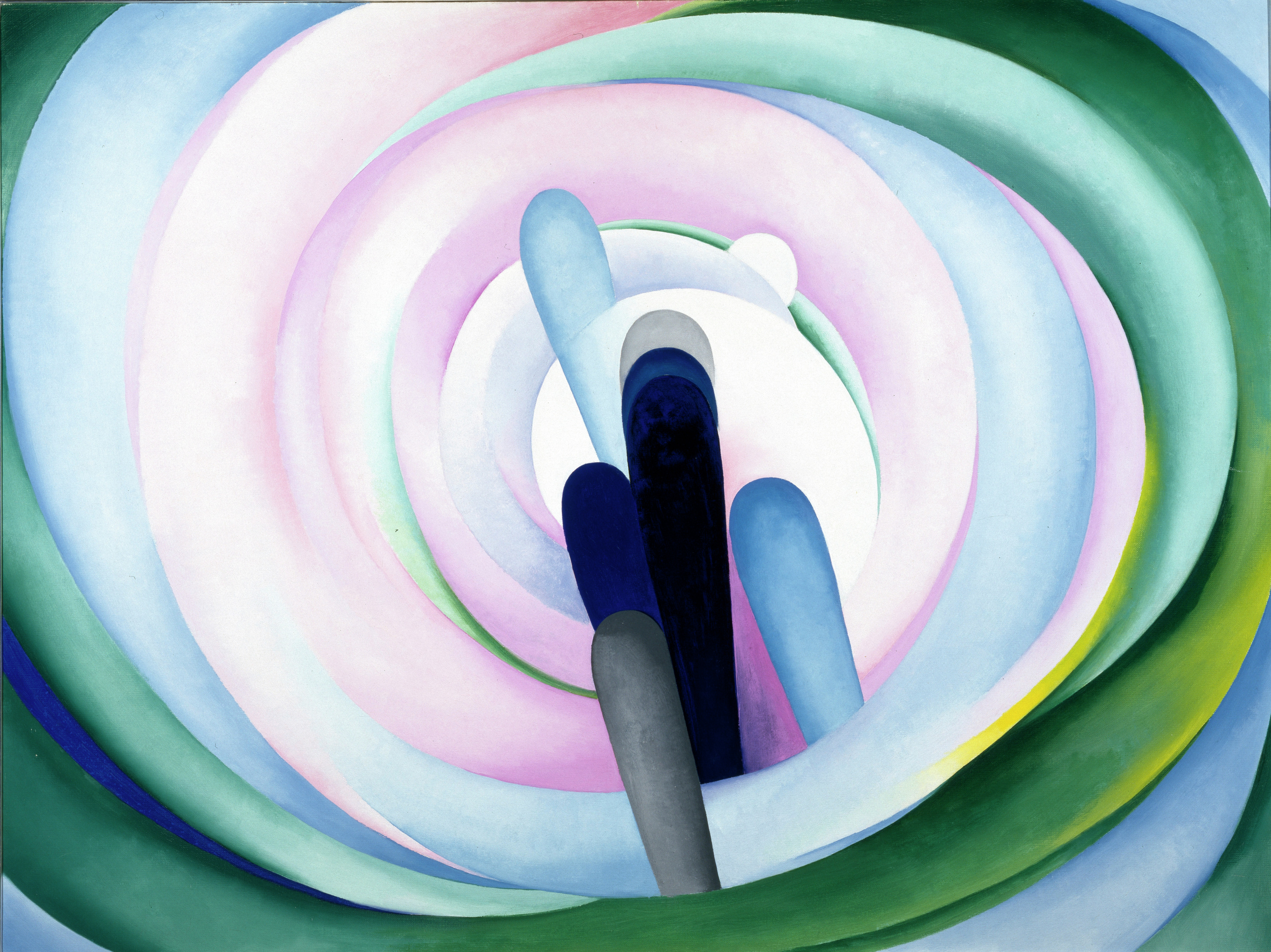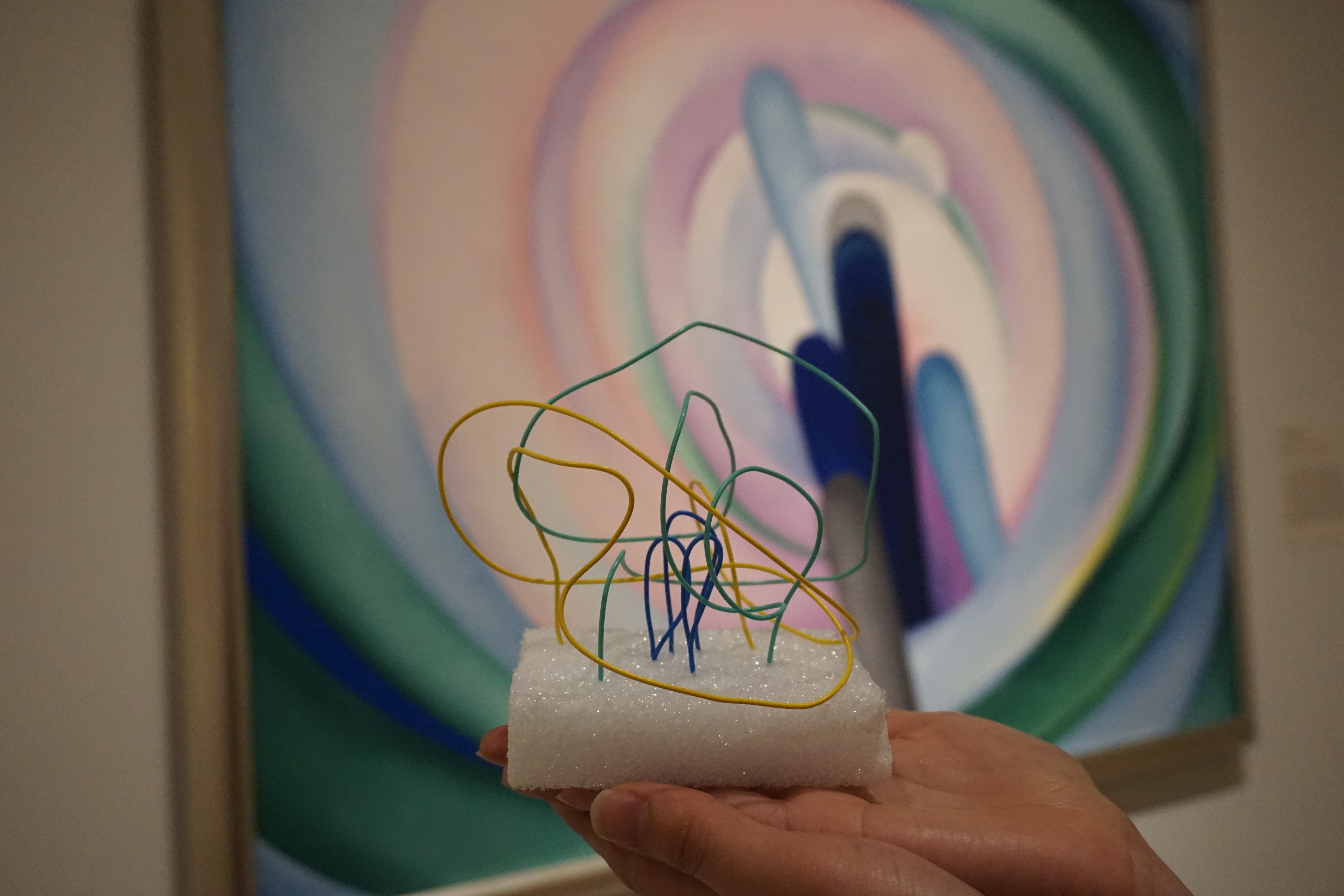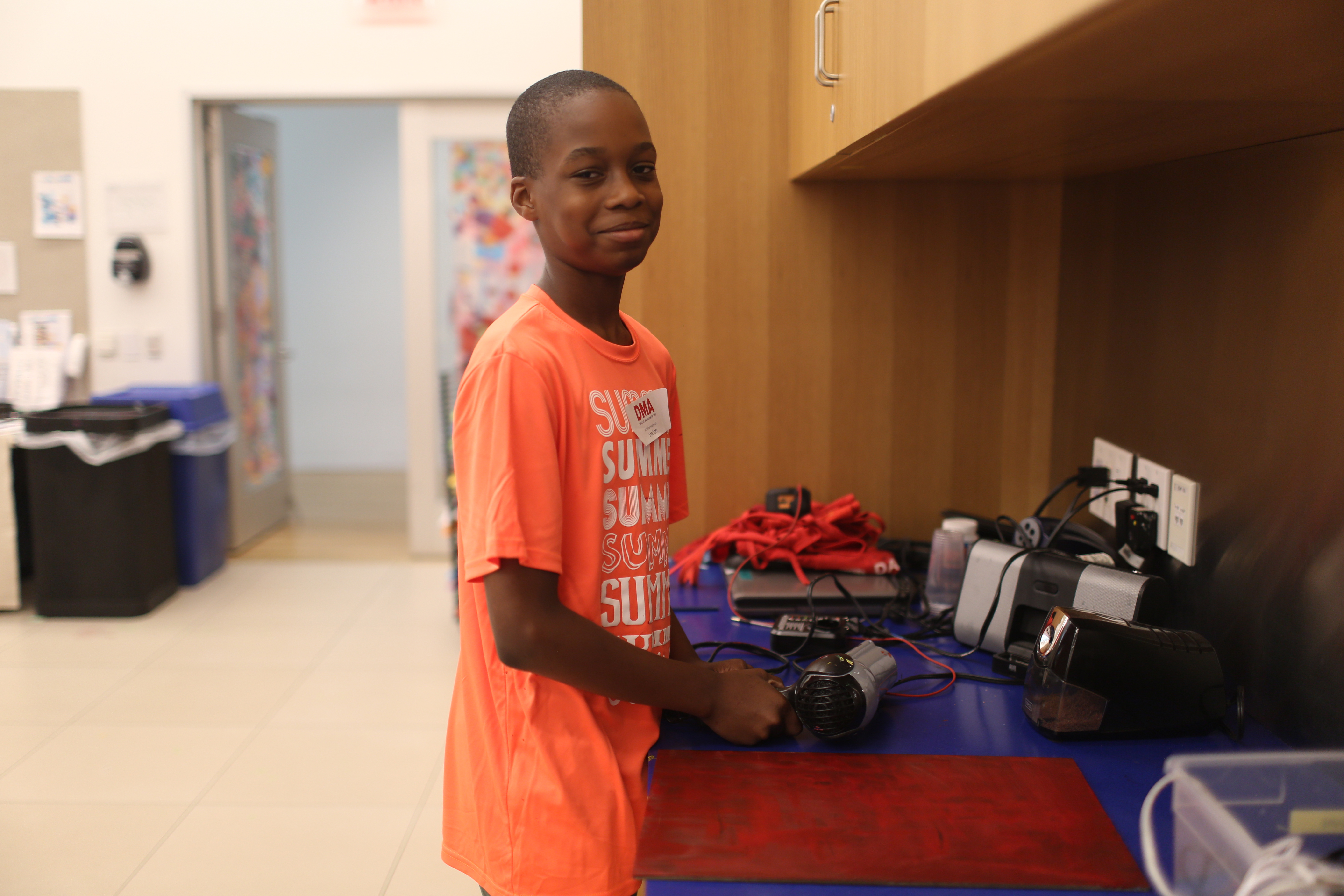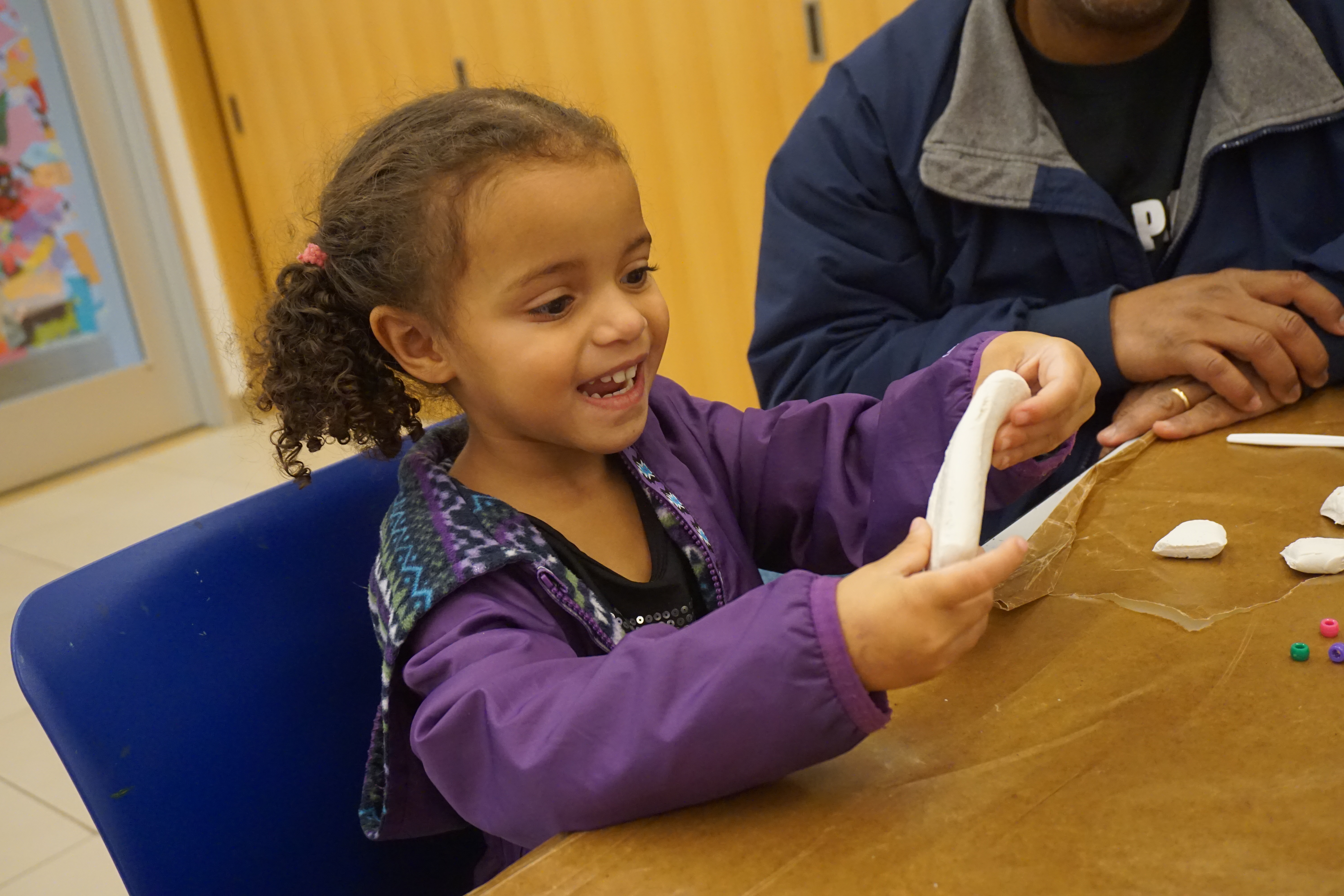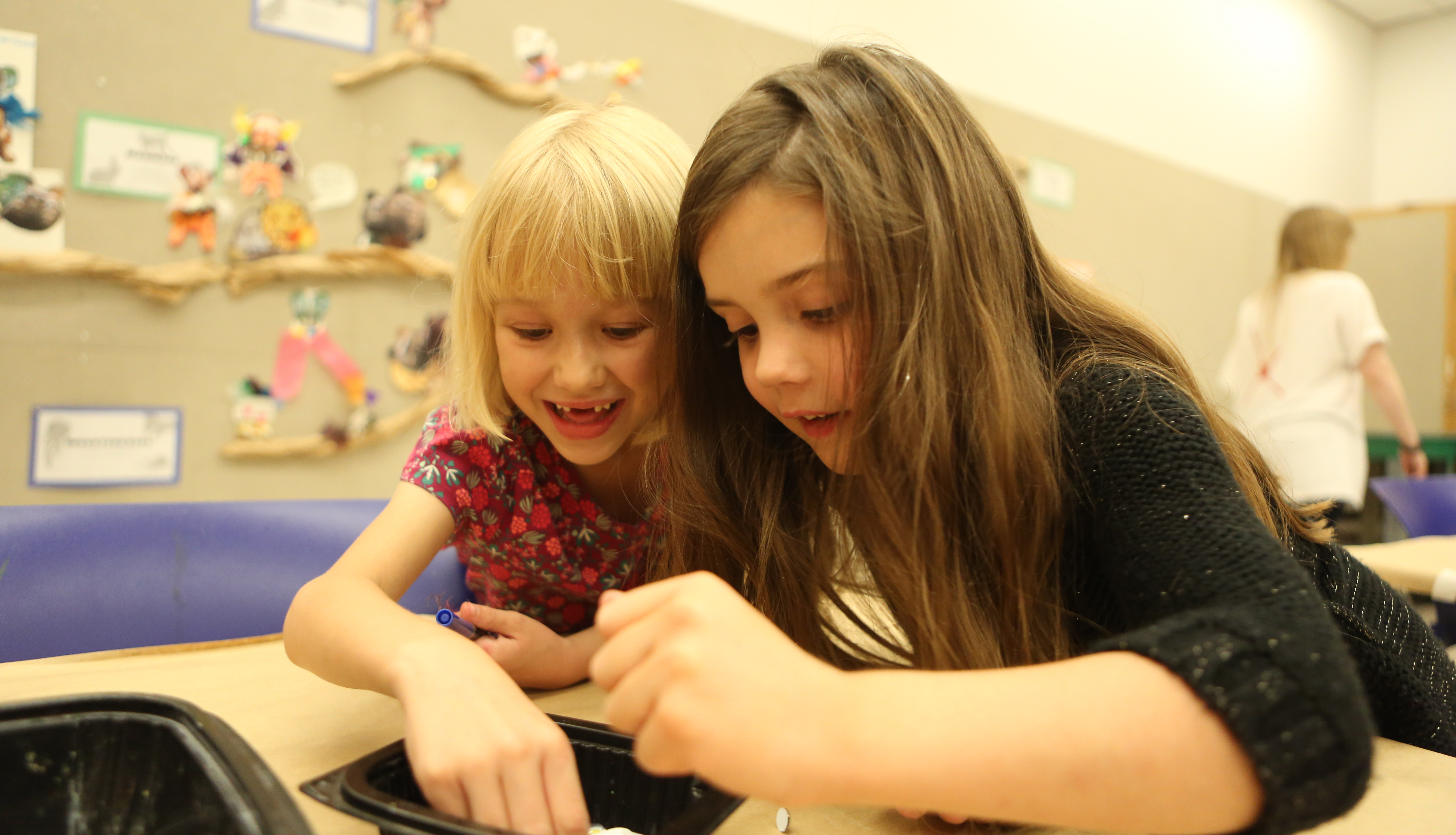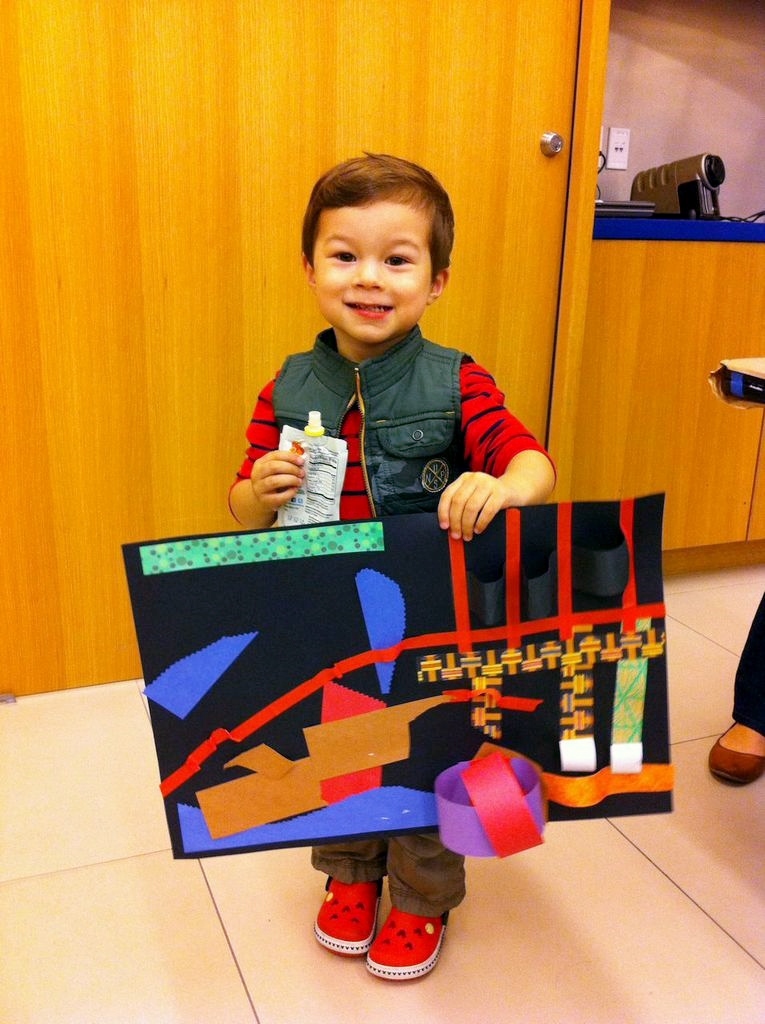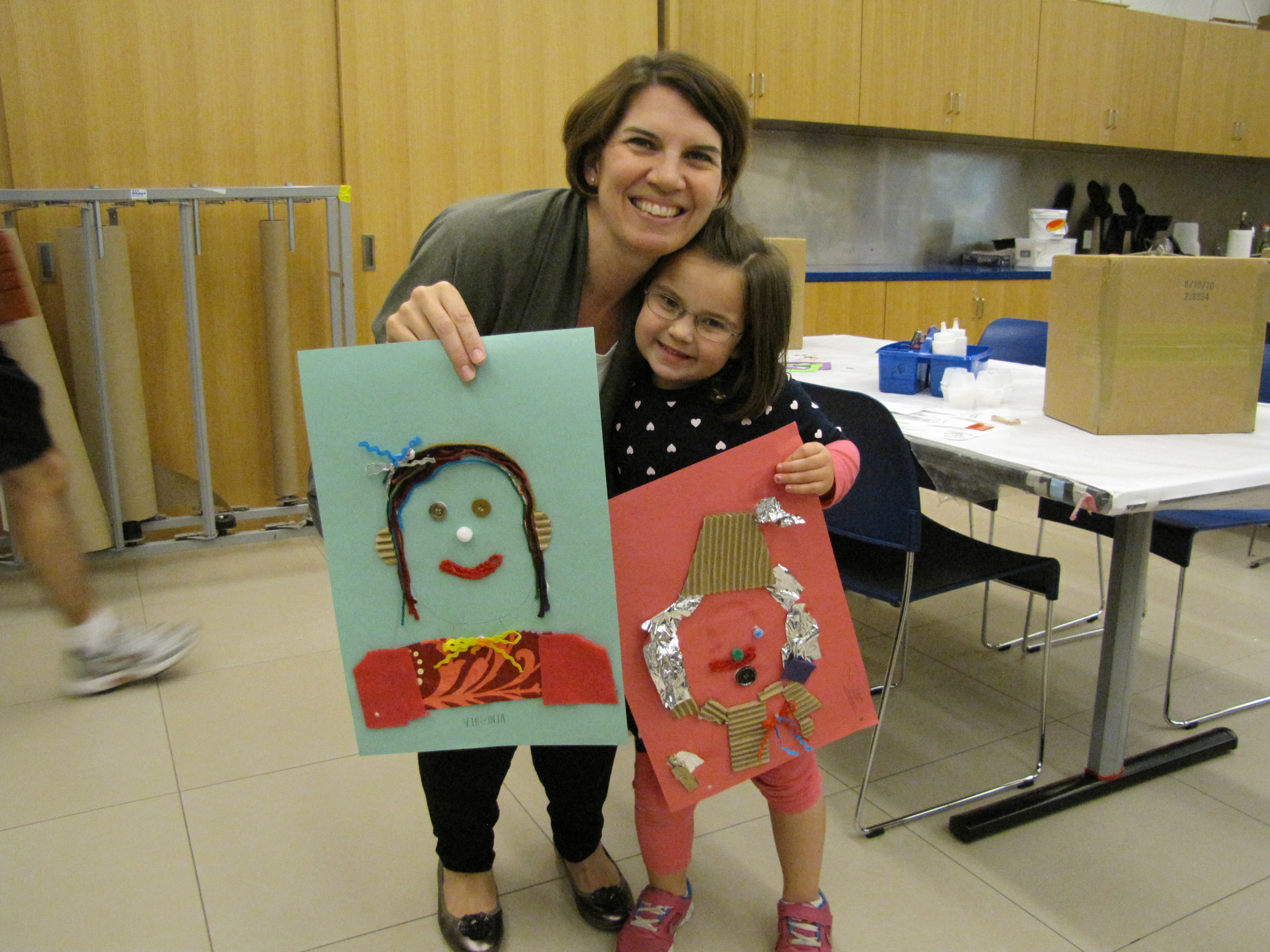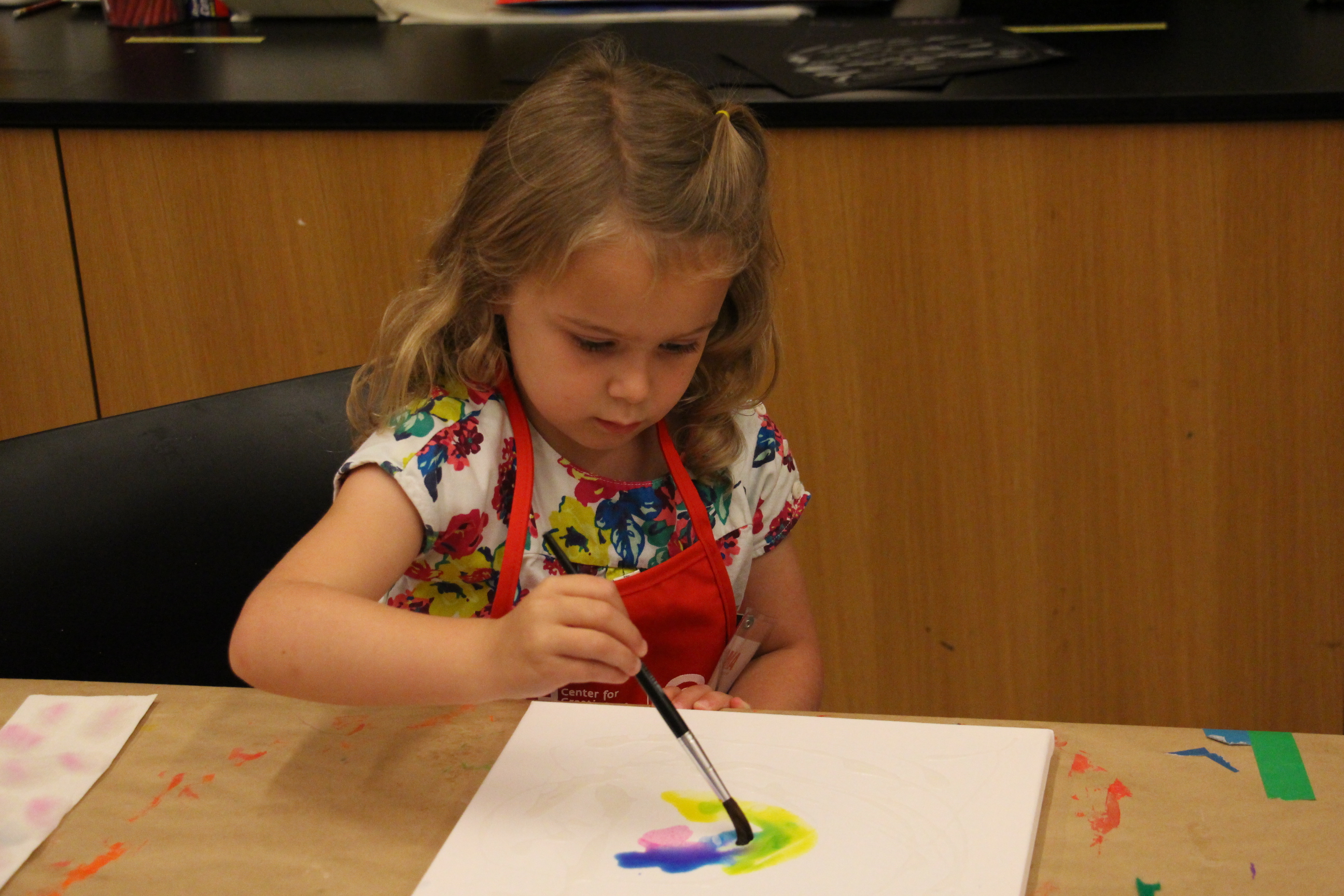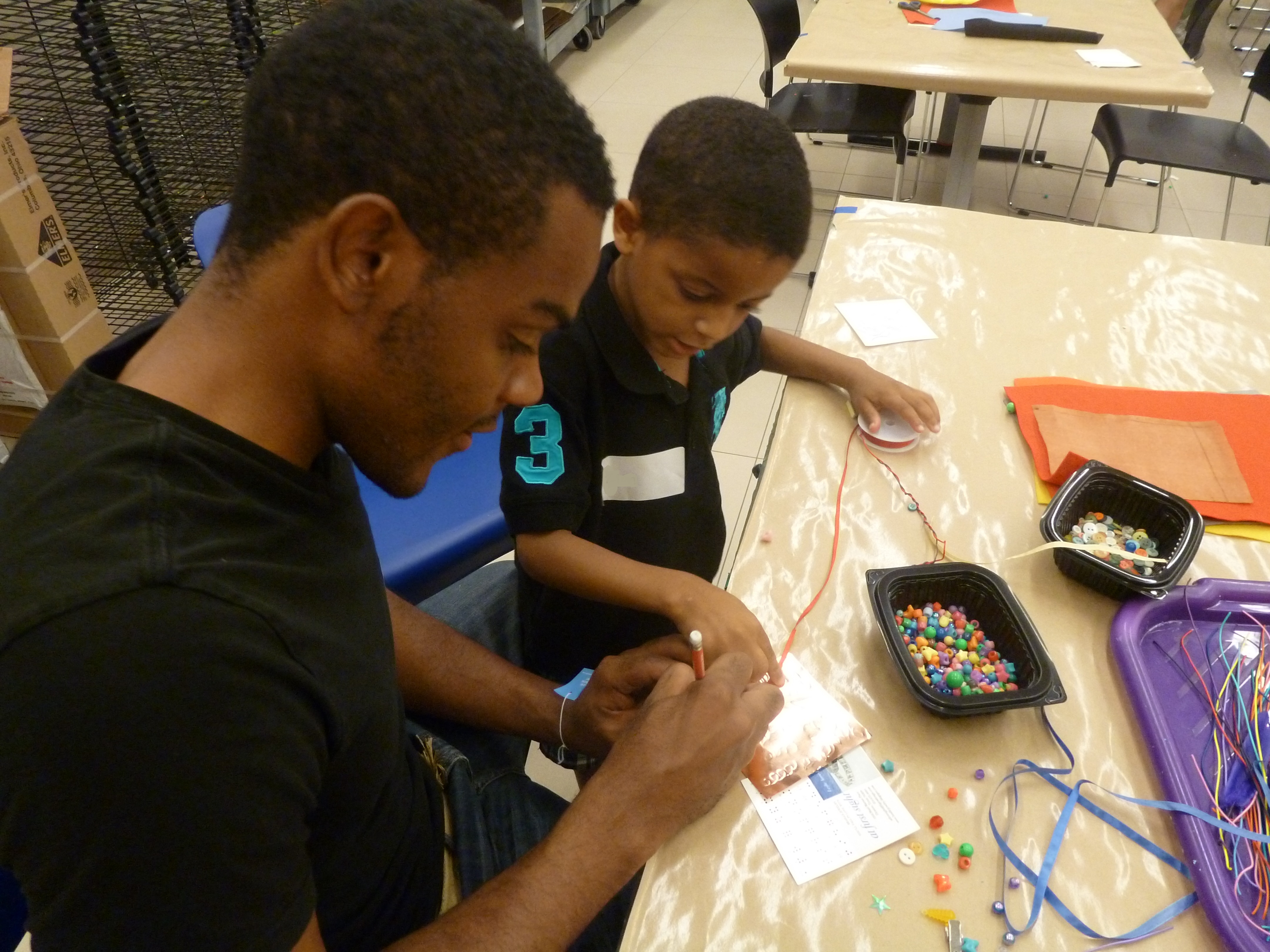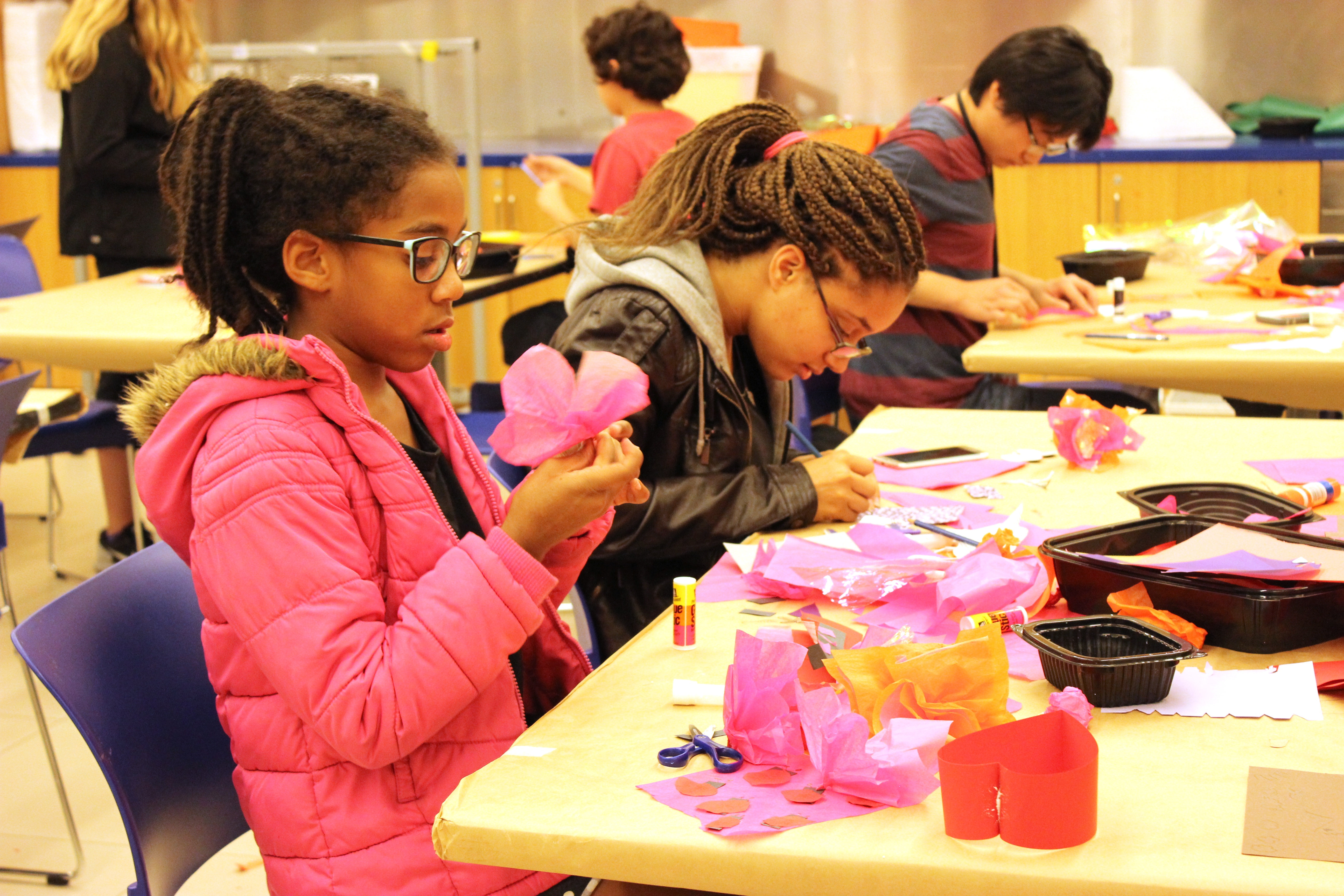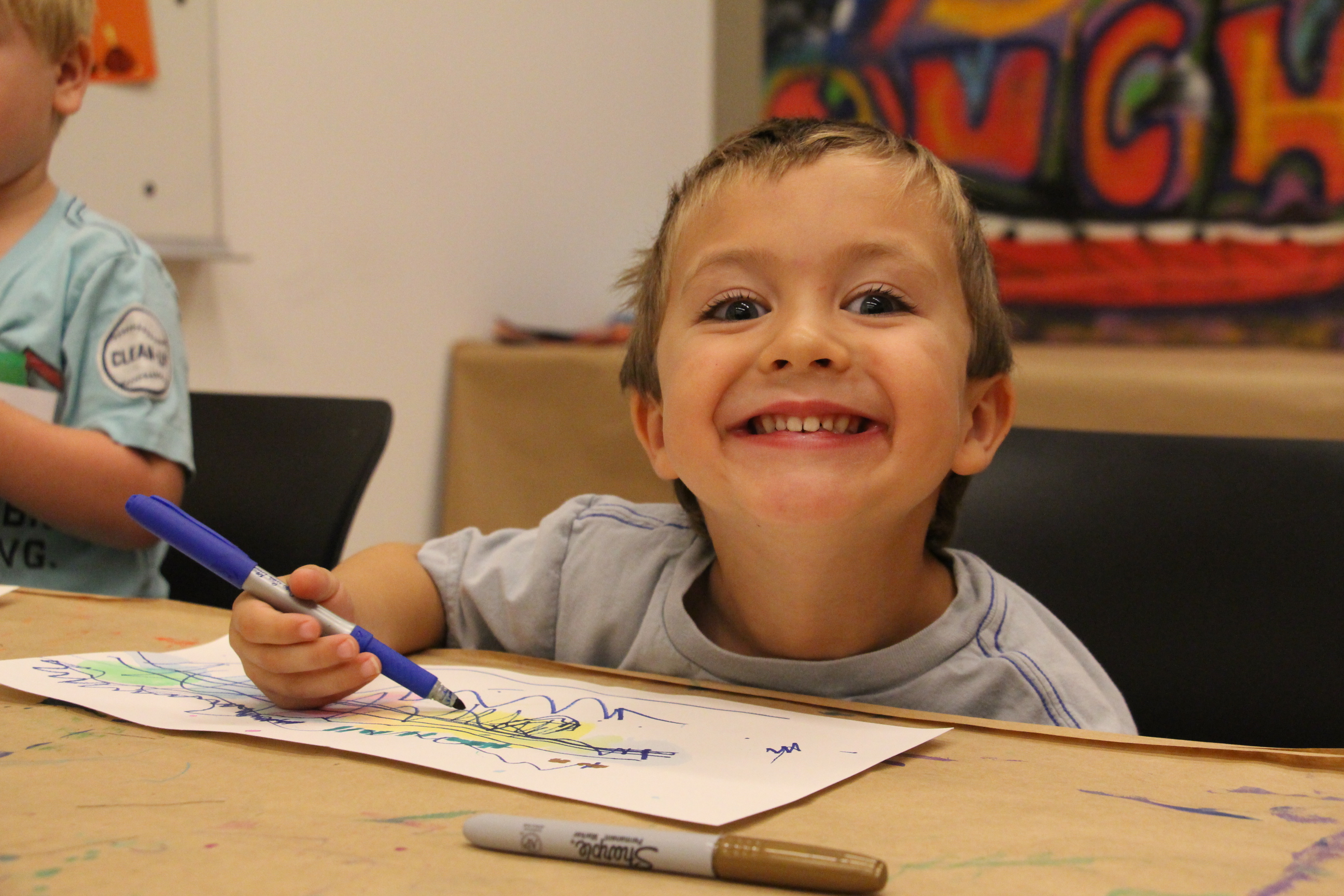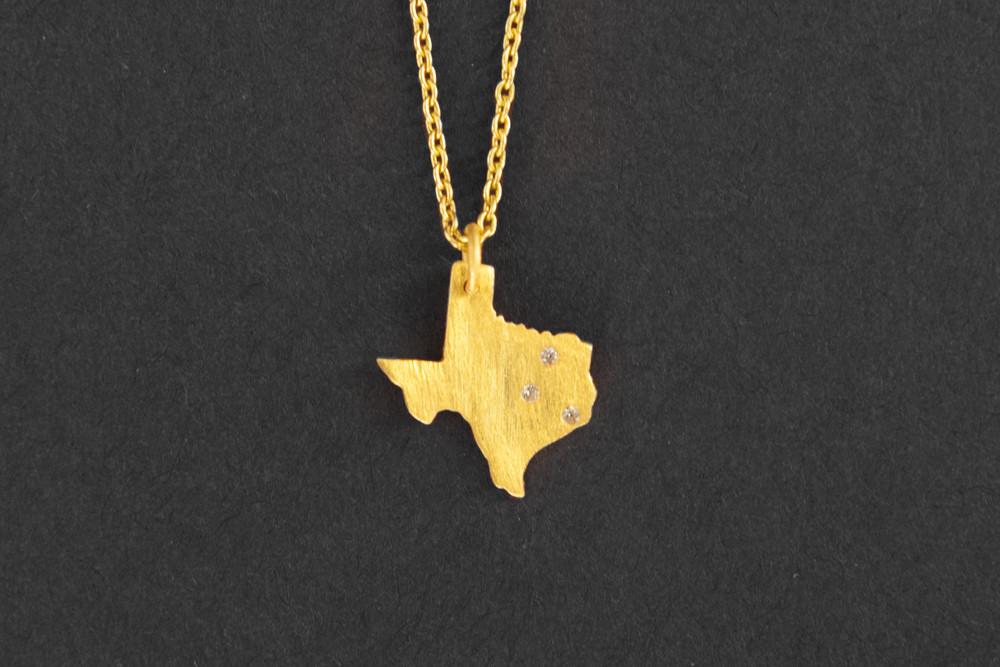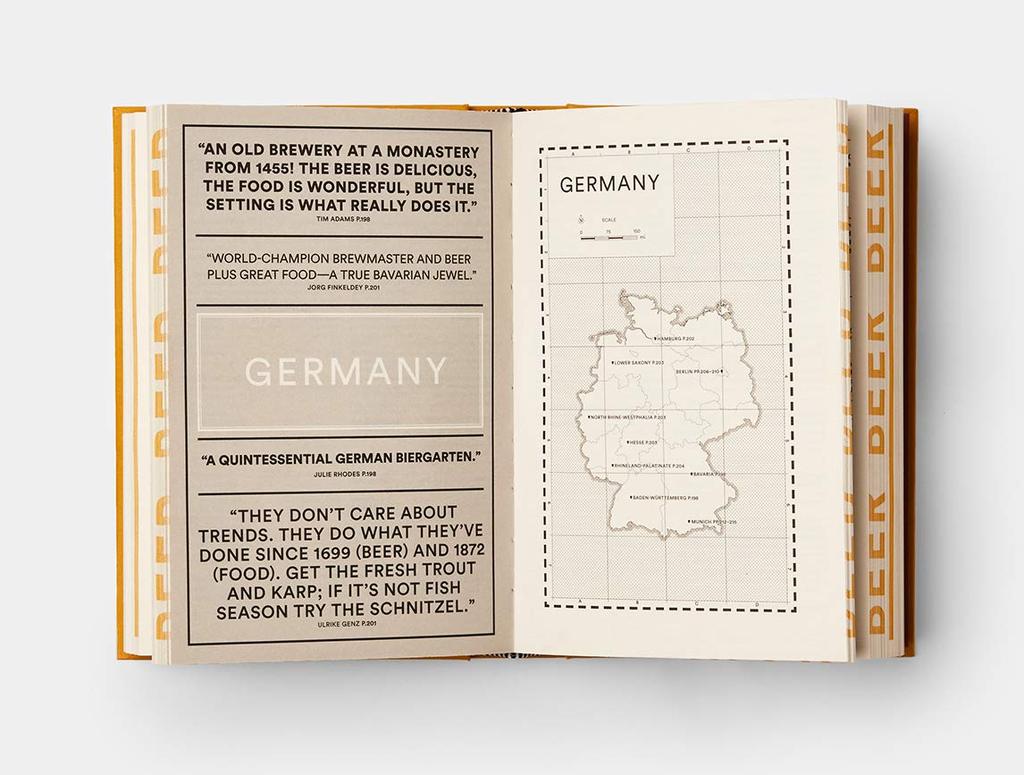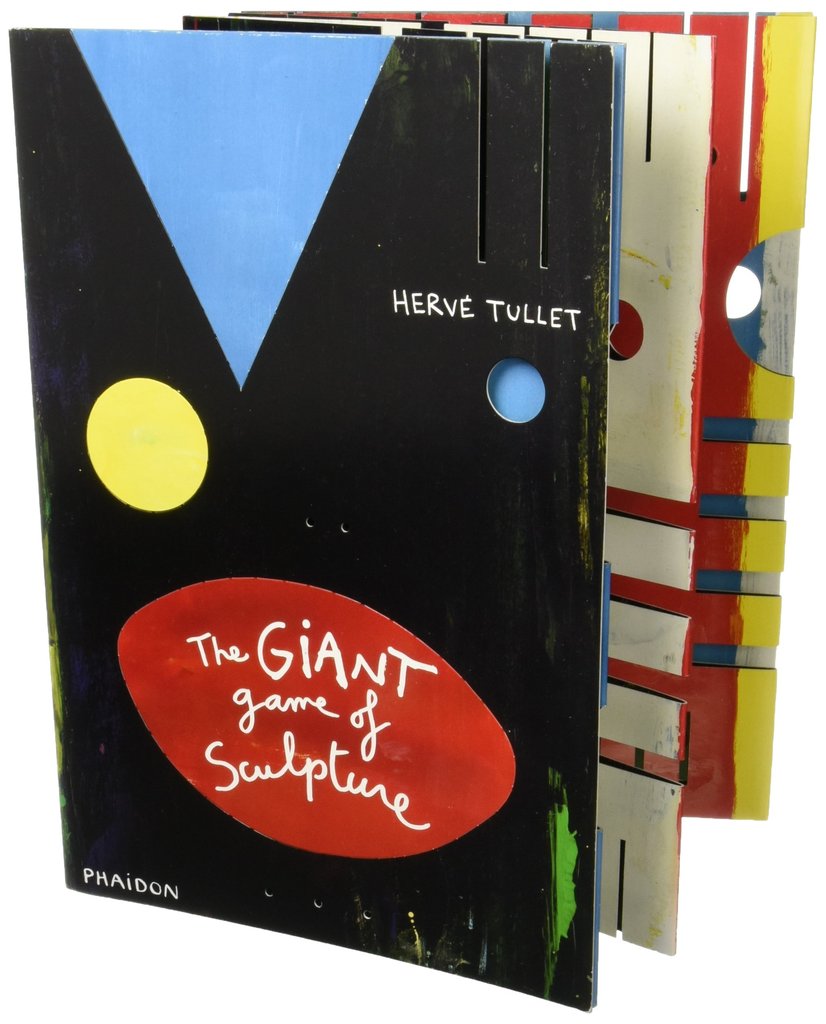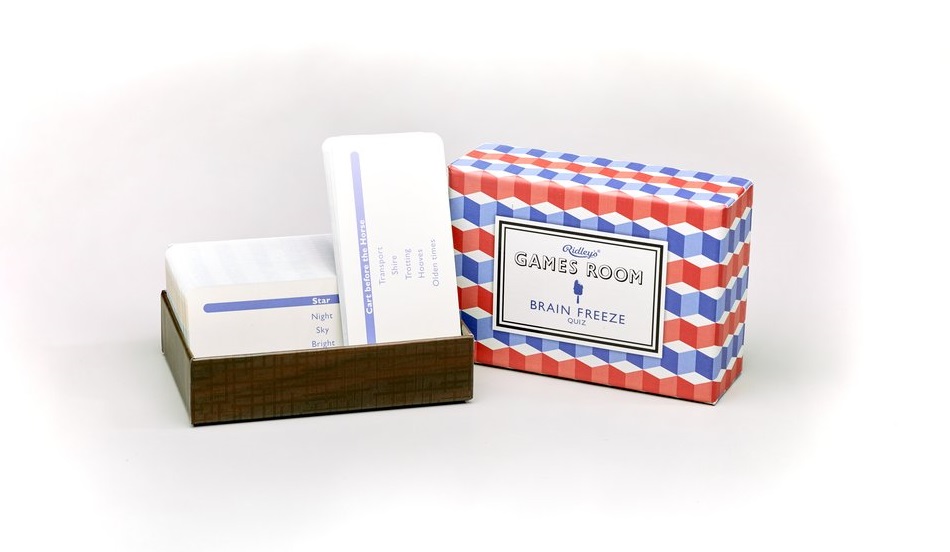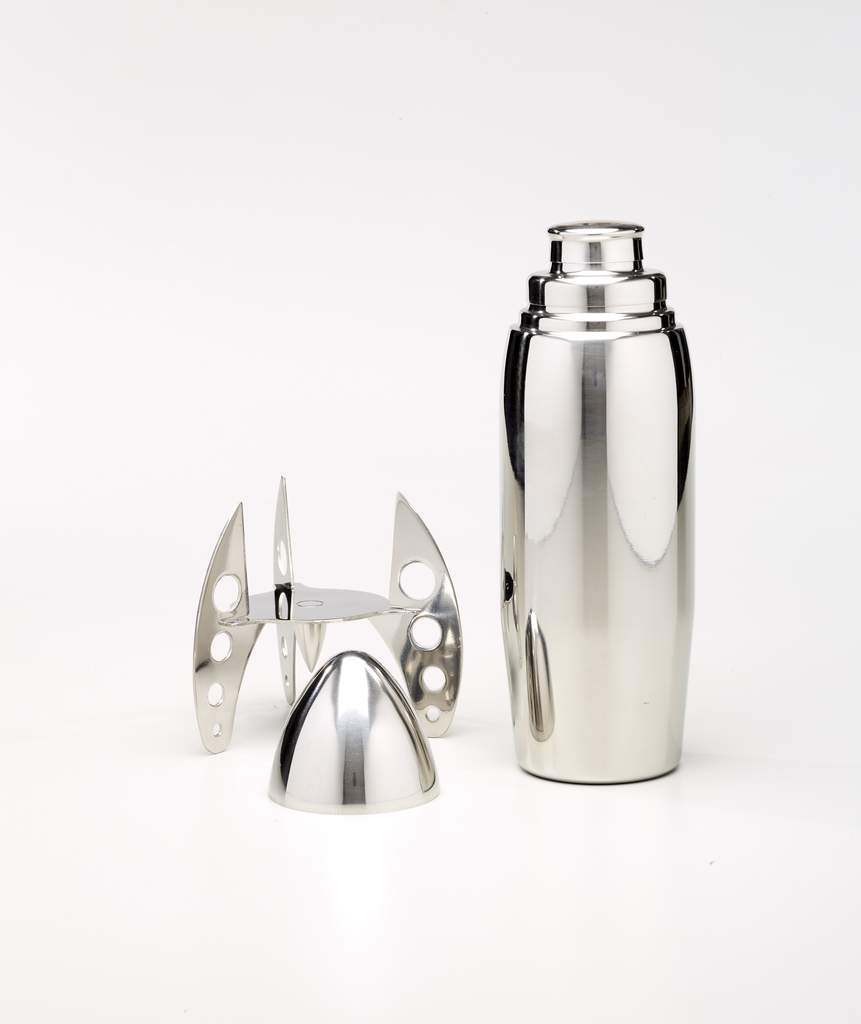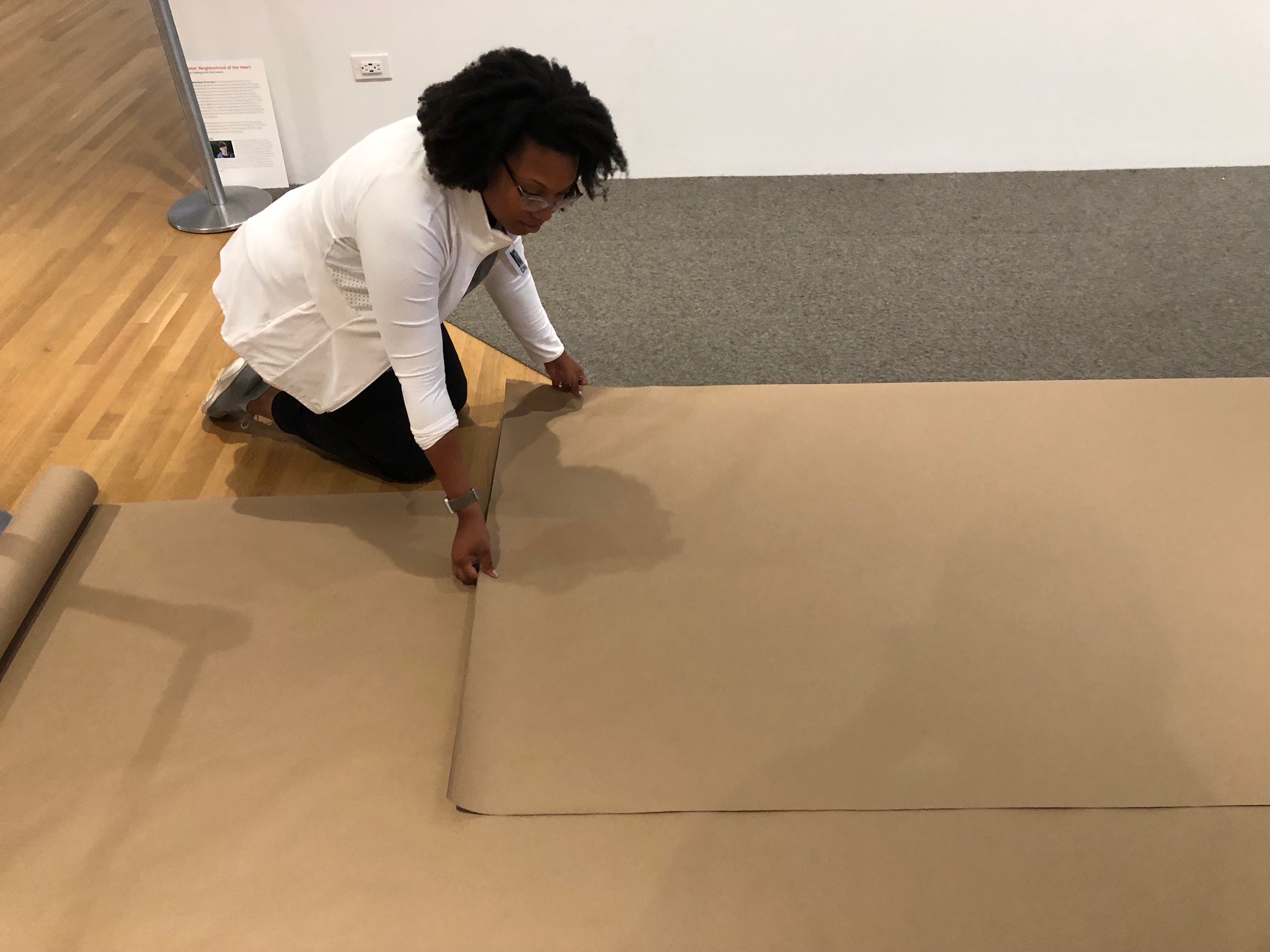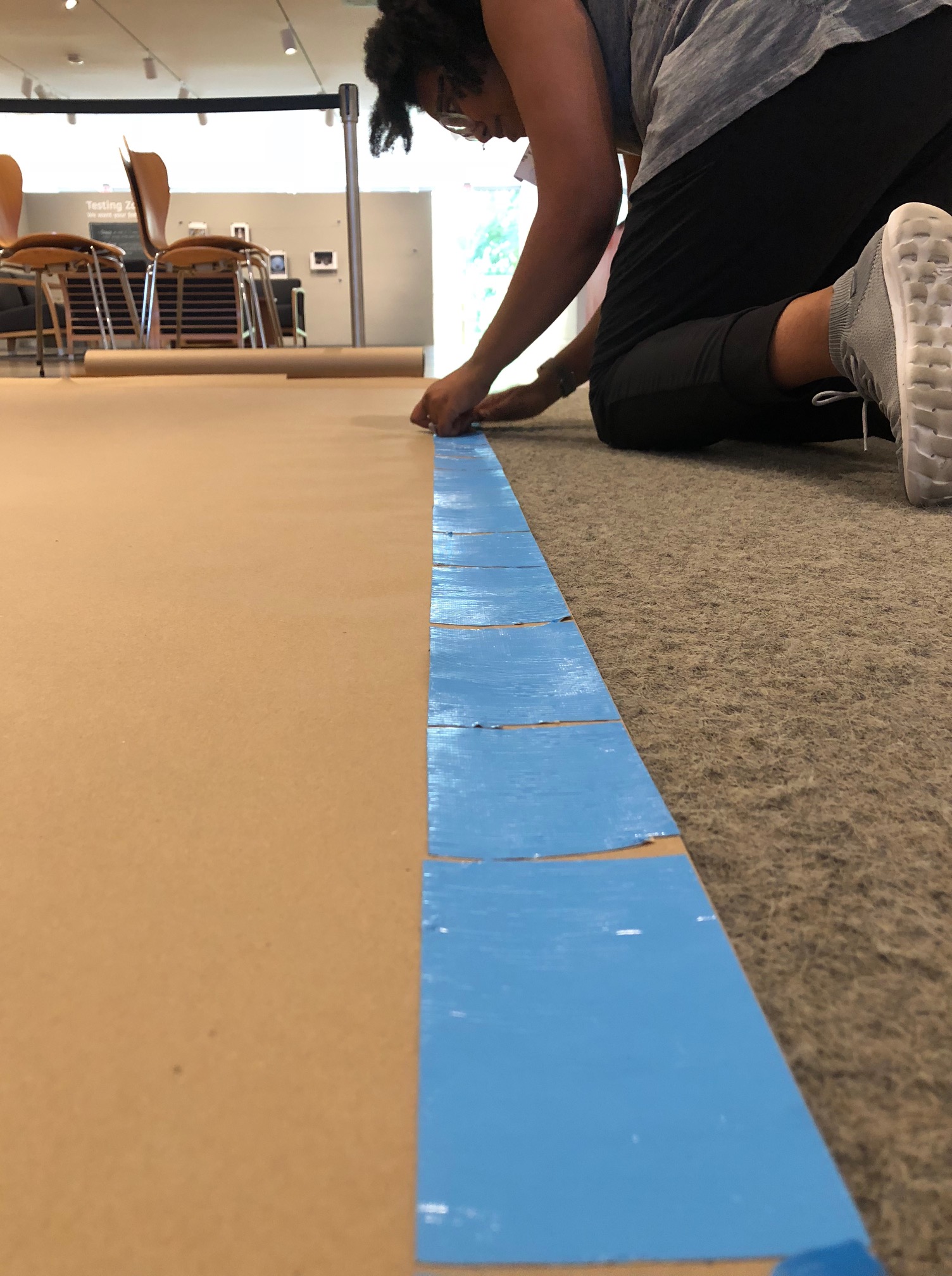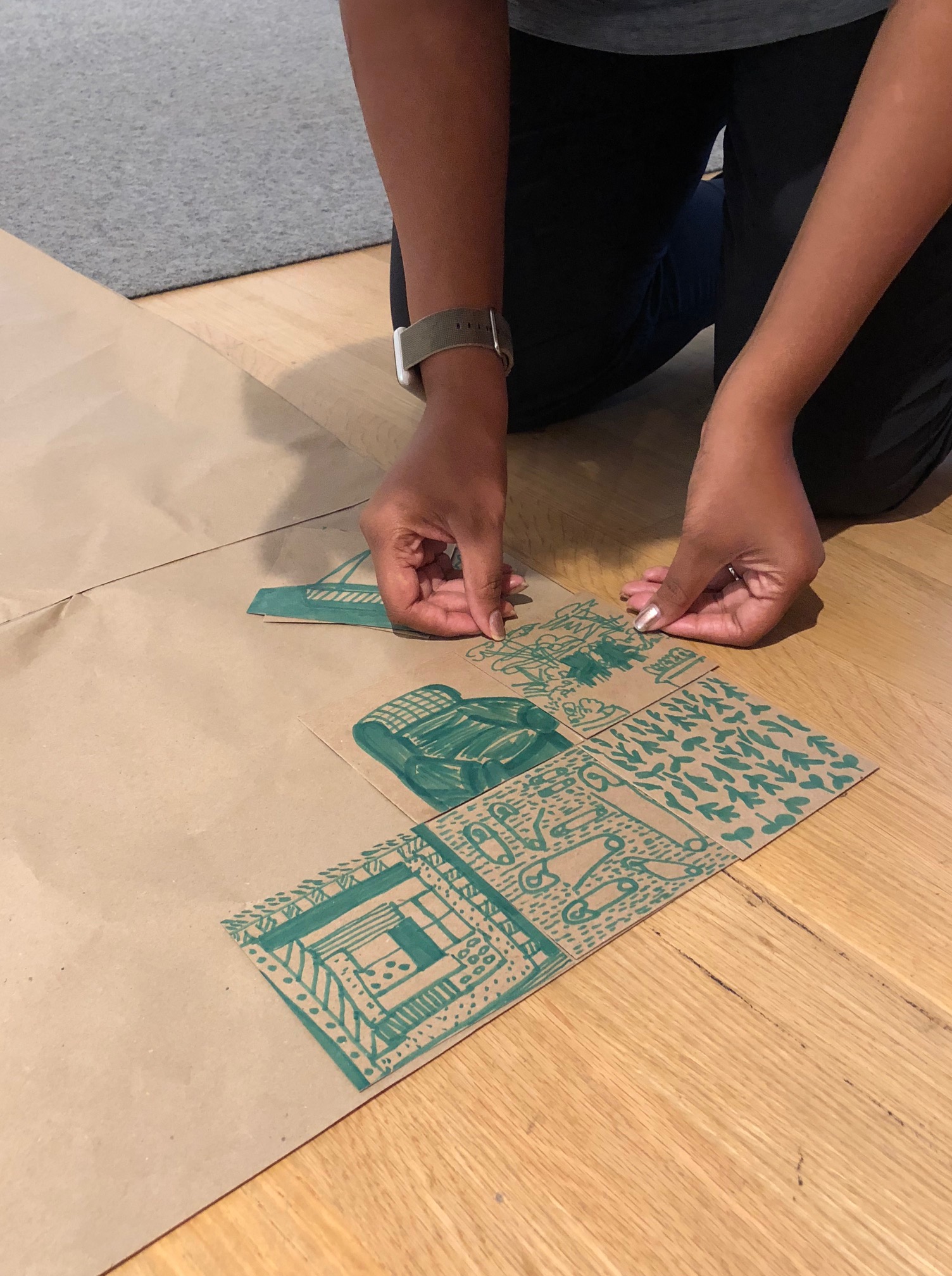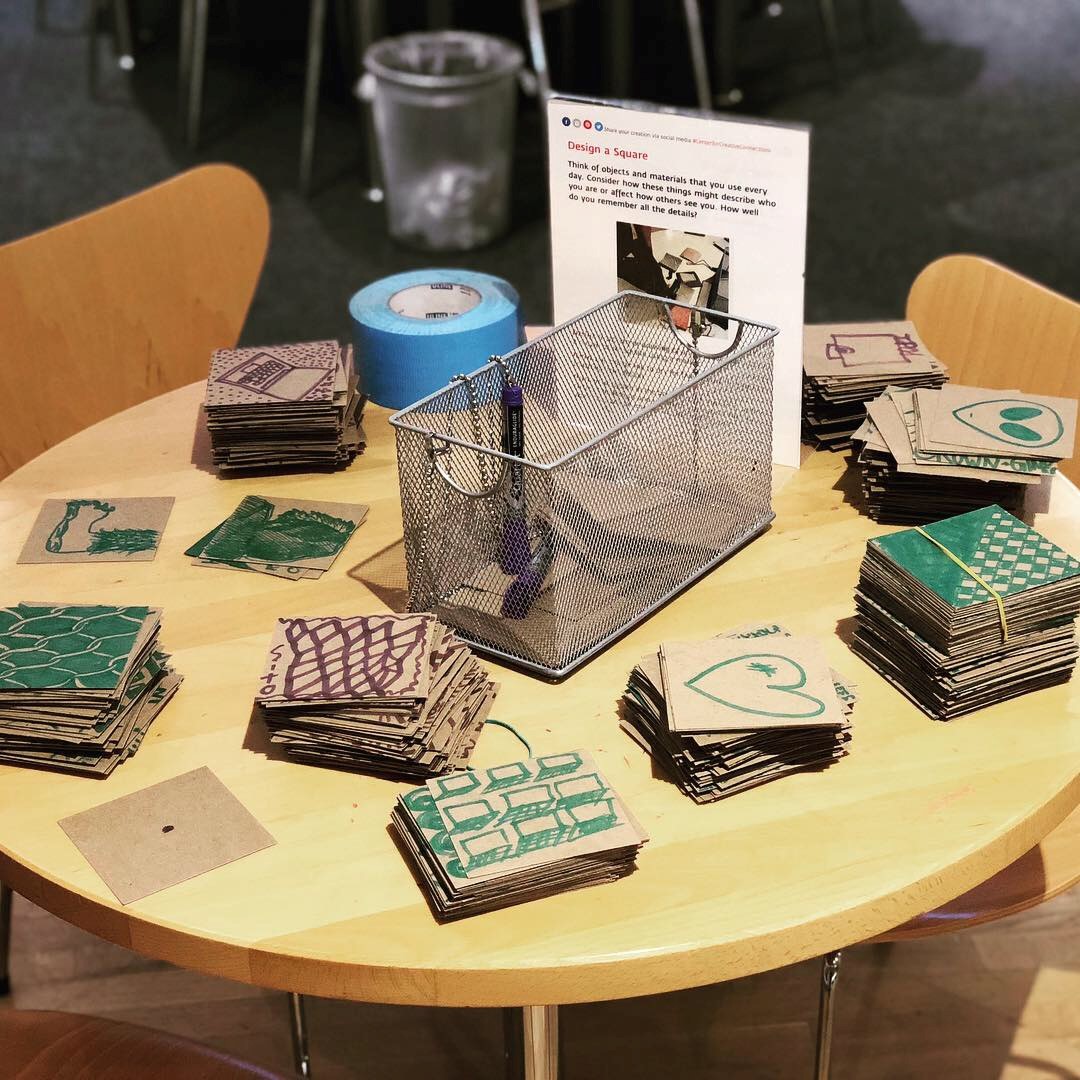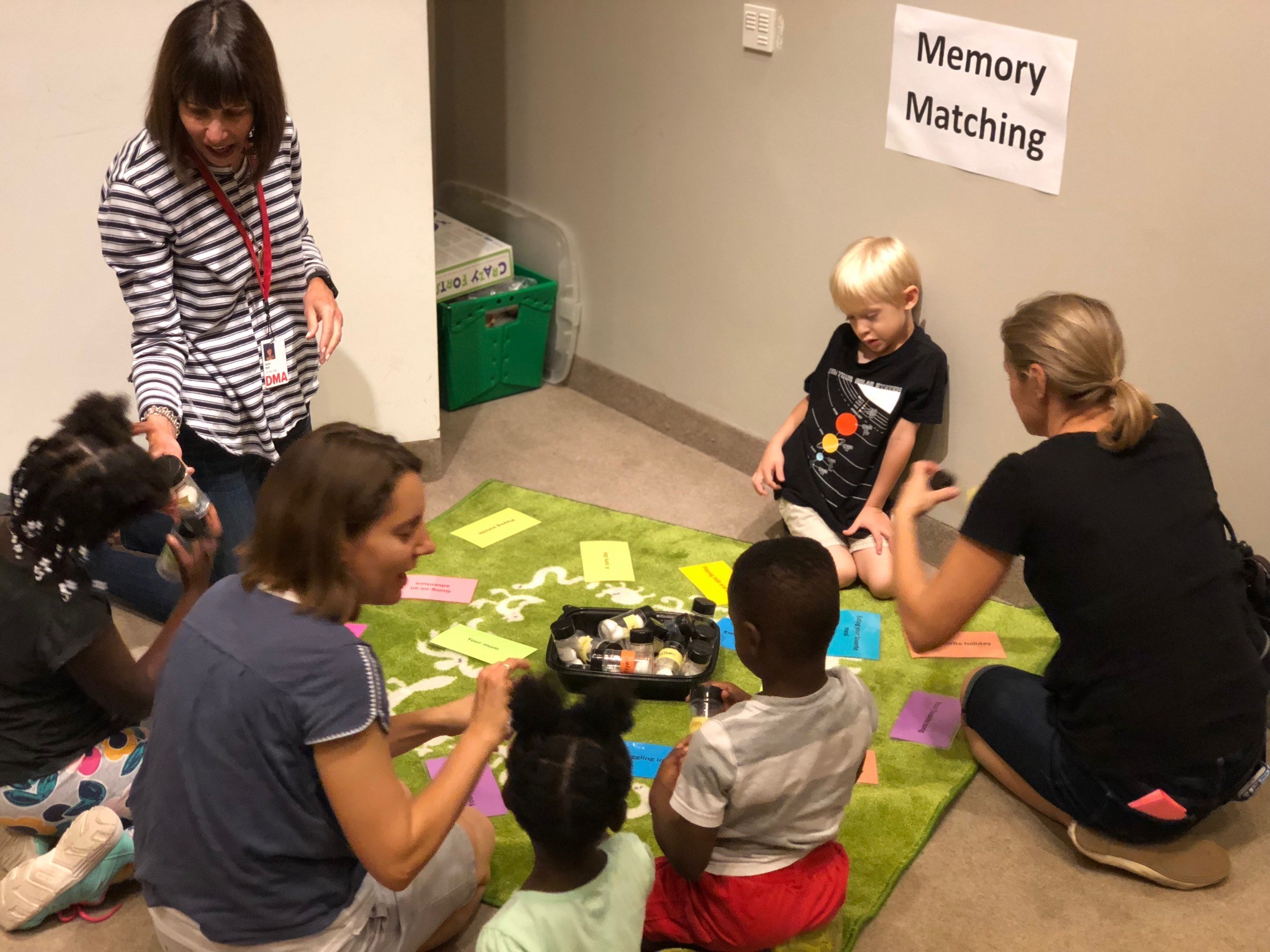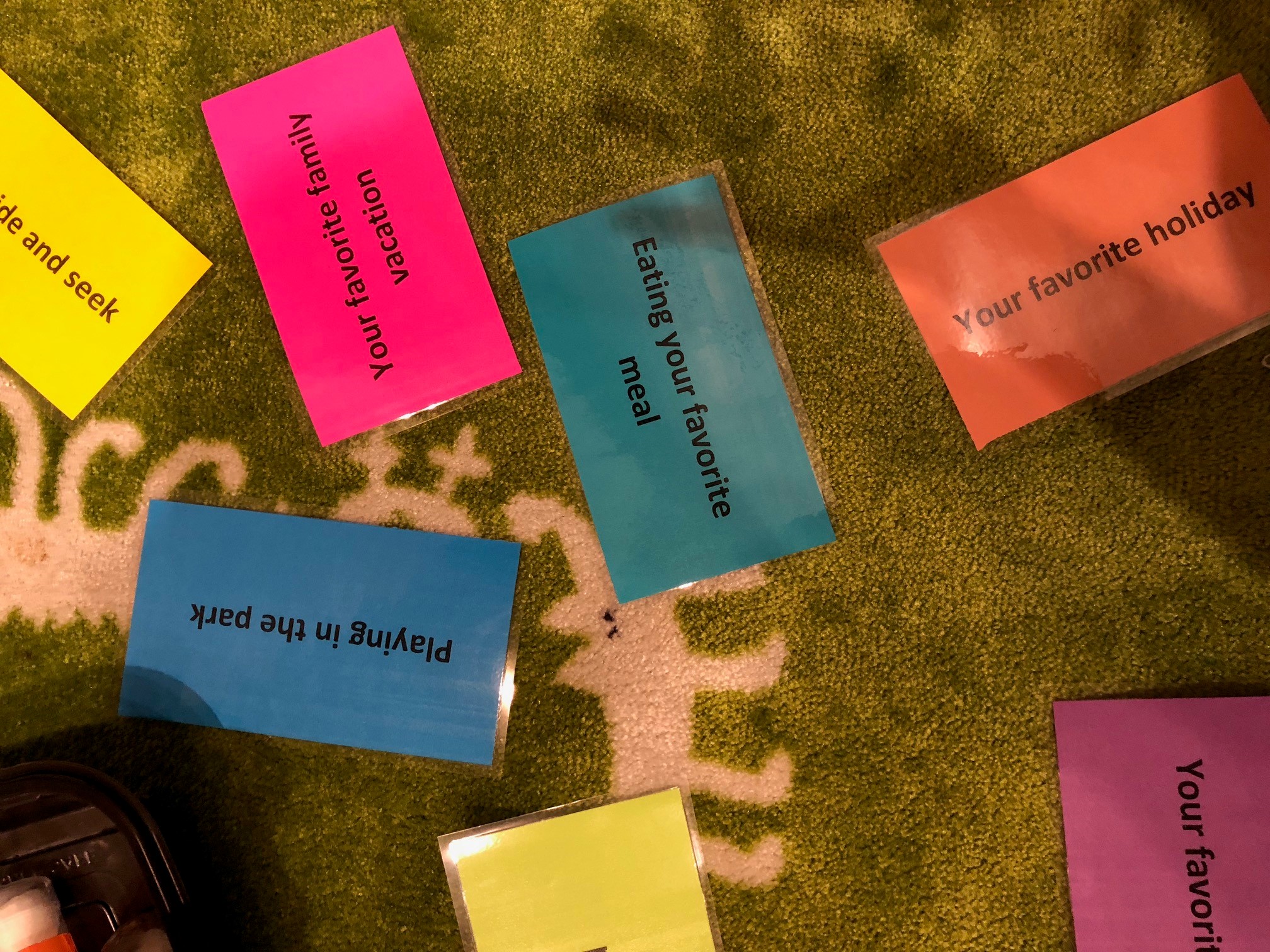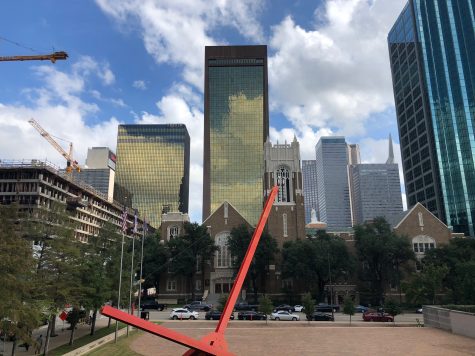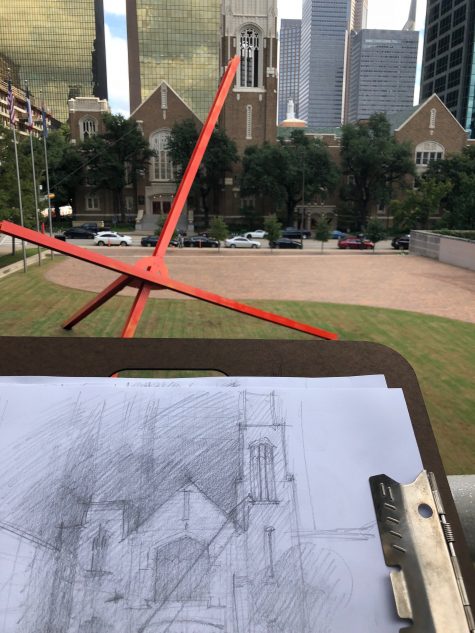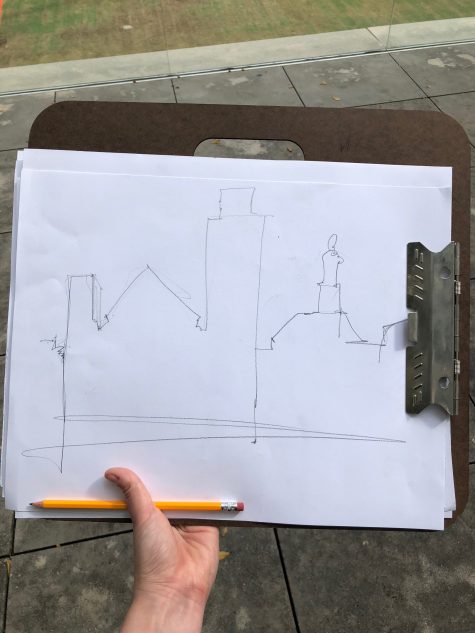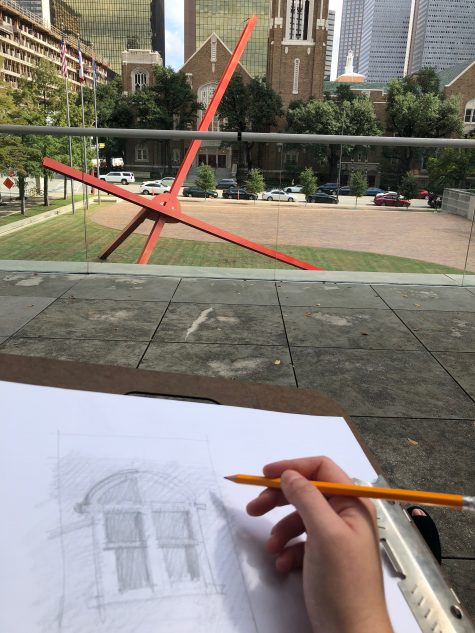The Center for Creative Connections (C3) is thrilled to host Lauren Cross as our final artist in the 2018 Visiting Artist Project. Through her practice, Cross brings her passion and knowledge for engaging communities across the DFW Metroplex to the DMA. Her project created for C3 is no different: Assembly invites visitors to independently contribute drawings of useful and meaningful objects in their lives on 4 x 4-inch cardboard squares. Every few weeks, a selection of drawings will be installed with the goal of creating a collaborative quilt. Read this interview with the artist to learn more about her project—and stop by C3 to contribute your own drawing for the quilt!
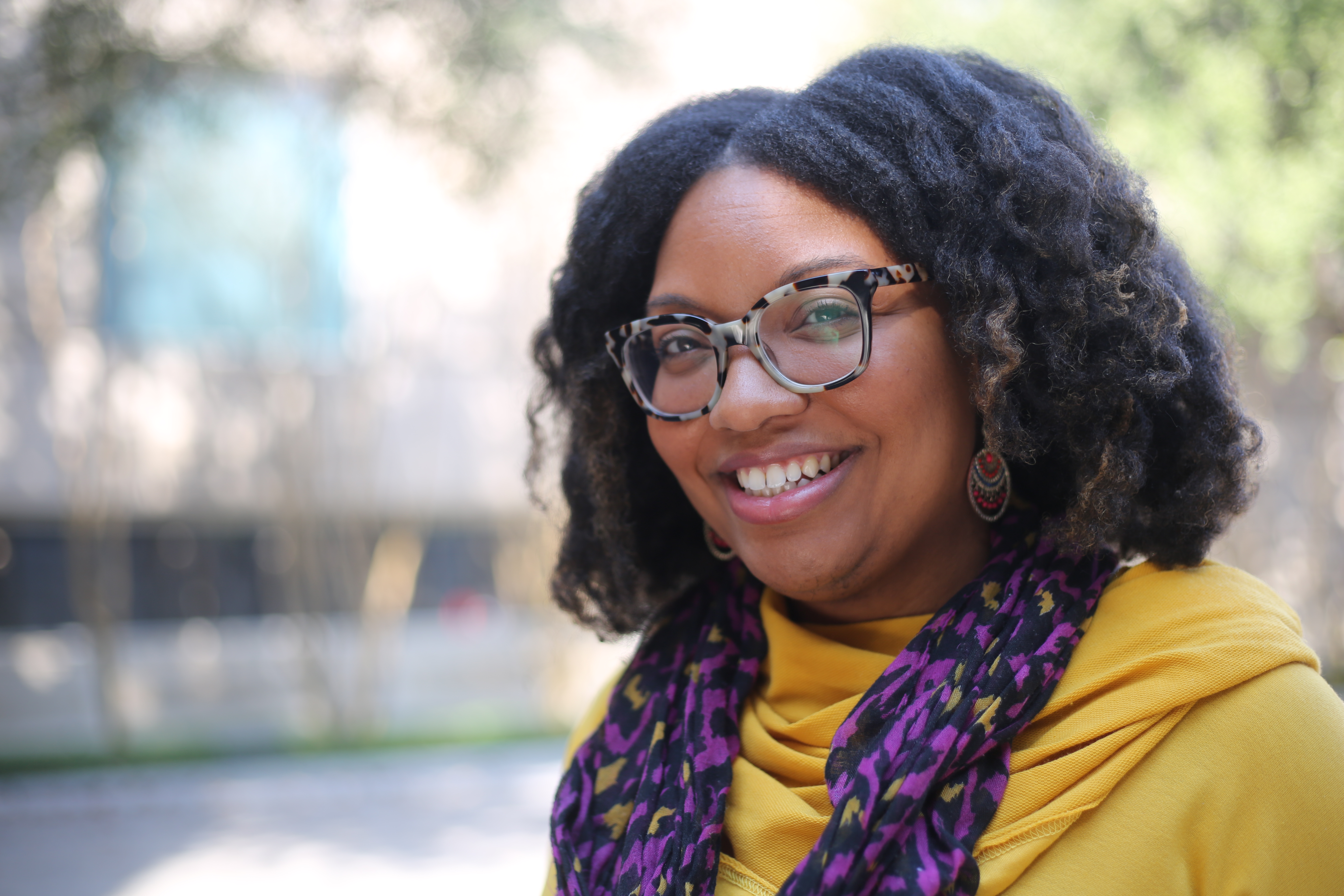
Tell us about yourself.
I am an artist, curator, and scholar; I am a wife, and also a mother to a beautiful, vibrant 15 month old. I was born and raised in Houston, Texas, and also spent a lot of time in both North Texas and East Texas as a child, visiting my uncles, aunts, cousins, and grandparents. Like many artists, I find that my work is both visually and contextually autobiographical.
Growing up within African American families with a strong impulse for oral history and cultural tradition had an important impact on my thinking as an artist. As a result, my pull within art history and cultural discourses has often looked intently at narratives that vividly describe my personal history and influences. I am the descendant of African American quilters, carpenters, builders, creatives, and culture bearers whose legacies are often reclaimed in my work.
Tell us a little about past projects that led you to apply to the C3 Visiting Artist Project.
I have always been a teaching artist who has engaged community within my work. One of my first projects after graduating was to design an arts curriculum for a local church in Dallas. Most recently, I helped develop community art projects for my nonprofit organization, WoCA Projects. This involved a partnership with ACT United, which created a photography education and exhibition project called My Fort Worth and a commission from the City of Fort Worth that collected over 2,000 visitor responses across the city about public art.
In applying for the C3 Visiting Artist Project, I saw an opportunity to connect my interest in community with my interdisciplinary studio practice using brown paper bags, digital imaging, and installation. With that, I thought of my Everyday Use installation projects, which I felt connected well with the DMA’s permanent collection. I felt that those works in particular gave me an aesthetic and material language that would allow me to create a project that could speak to DMA visitors.
Tell us about the installation you’ve created in the Center for Creative Connections.
The installation I created, called Assembly, is a project that allows me to speak to my practice, which has often referenced the cultural narratives surrounding both brown paper bags and quilts and their relationship to African American culture. I thought a lot about C3’s emphasis on objects as they relate to identity as inspiration. It seemed like a great opportunity for me to address the objects that I use and reference in my work and the narratives about identity that are connected to them: skin color, hierarchy, cultural heritage, and history. I was happy to have the opportunity to probe visitors to think about everyday objects that mean something to them in hopes that there could be wider conversations about the things that have meaning in our lives.
Do you have any favorite visitor contributions you’d like to share?

What have you enjoyed most about this experience so far?
I have enjoyed seeing the sheer volume of thoughtful responses from visitors to the project. It has been empowering to pose a question and to get such great feedback. As an educator, it’s like teaching a subject that your students get excited about. I have also enjoyed having the opportunity to work with various museum educators throughout the project to find ways to connect visitors to the wider themes we are dealing with.
What upcoming projects are you working on or excited about?
I have an exciting exhibition coming up at the Cliff Gallery at Mountain View College (DCCD) from November 19 to December 14. This includes a Kitchen Table Talk with African American women artists and creatives in North Texas on Thursday, November 29, from noon to 2:00 p.m. and an artist reception on Friday, December 7, from 6:00 to 9:00 p.m. I will also have an exhibition at the Carillon Gallery at Tarrant County College South Campus in March 2019 as a result of my artist residency there this fall.
Join C3 Visiting Artist Lauren Cross for a Gallery Talk on Wednesday, December 19, from 12:15 to 1:00 p.m. Gallery talks are included in free admission.
Kerry Butcher is the Center for Creative Connections Education Coordinator at the DMA.
